Astronomy: Notable Astronomers (& their Most Famous Works, Experiments, & Contributions and Notable Biographical Information) | HISTORICAL Set
1/37
There's no tags or description
Looks like no tags are added yet.
Name | Mastery | Learn | Test | Matching | Spaced |
|---|
No study sessions yet.
38 Terms
Thales of Miletus (Fact 1)
Ancient Greek (Ionian) Astronomer
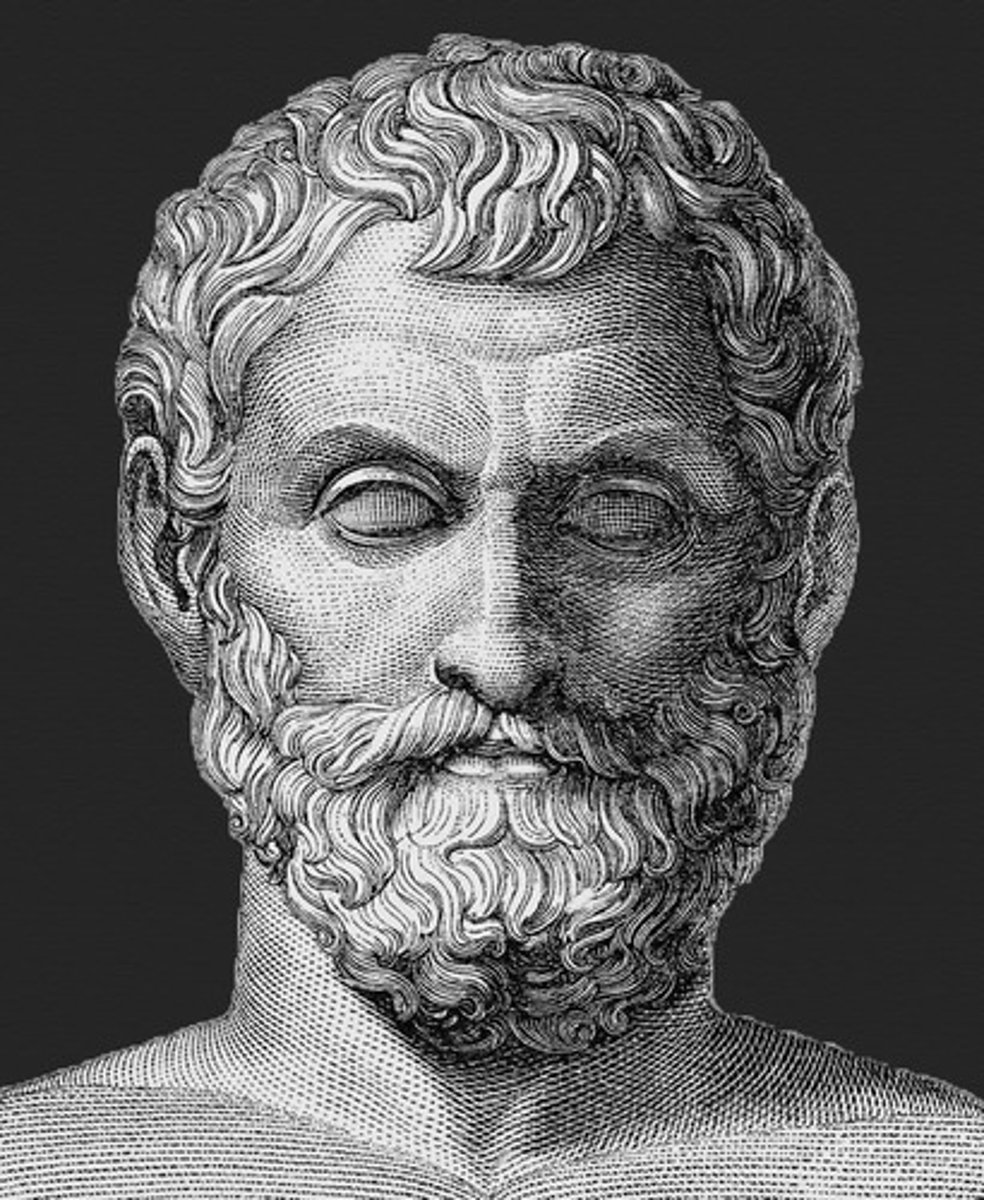
Thales of Miletus (Fact 2)
Considered the first Greek, and thus the first Western Astronomer, he questioned heavenly phenomena for the first time among any of the Greeks
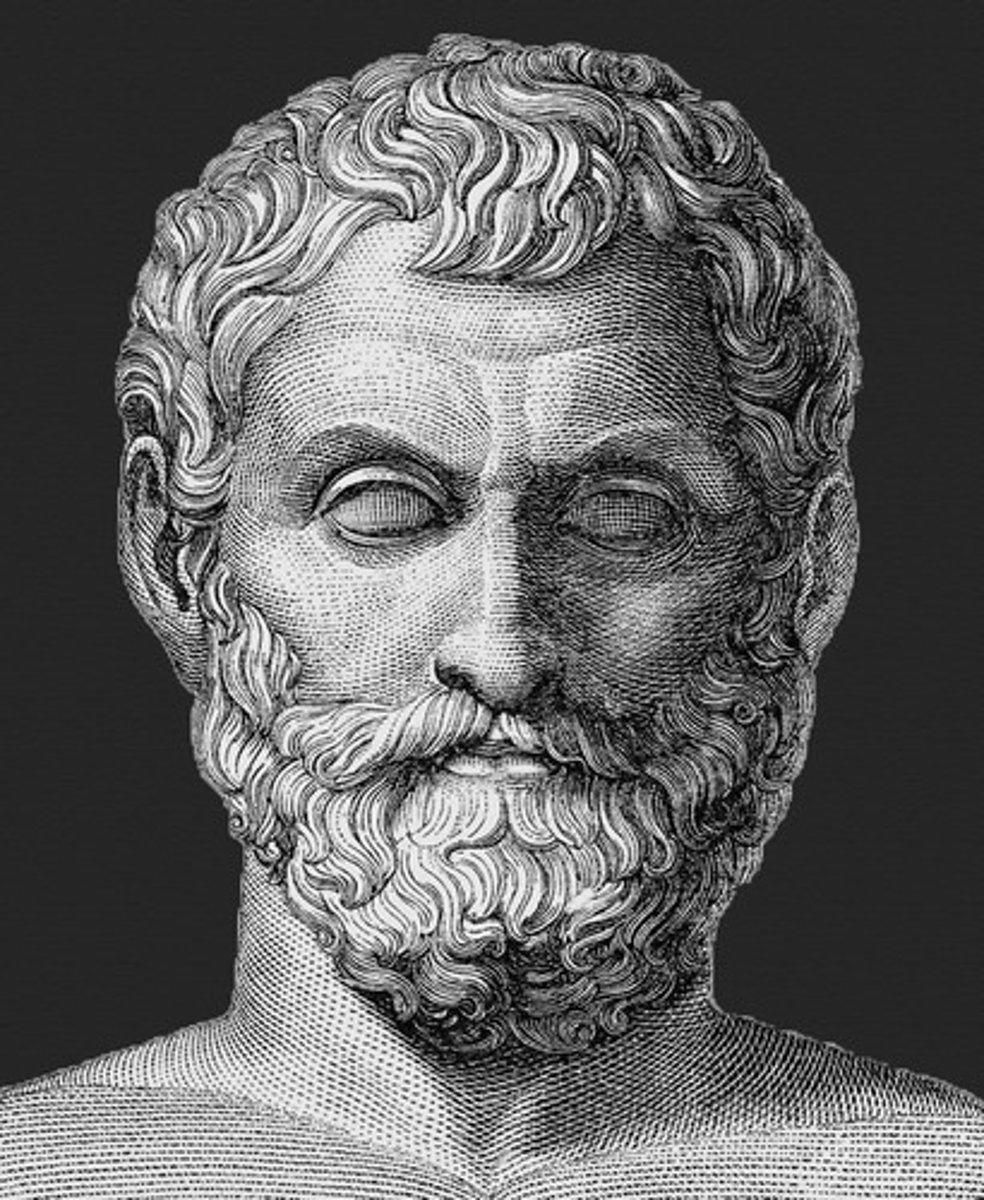
Thales of Miletus (Contribution 1)
Taught how to navigate the stars by using Ursa Major and Minor, which eventually became a Phoenician practice in which a ship's course would be steered by Little Bear or Ursa Major and Minor (according to Callimachus)

Thales of Miletus (Contribution 2)
Correctly predicted the eclipse of the sun of 585 BC (May 28) or referenced as at the close of the war between the Lydians and the Medes, and an observation which helped give him time to negotiate between the Lydians and Medes in favor of his namesake town (allegedly, according to Herodotus)
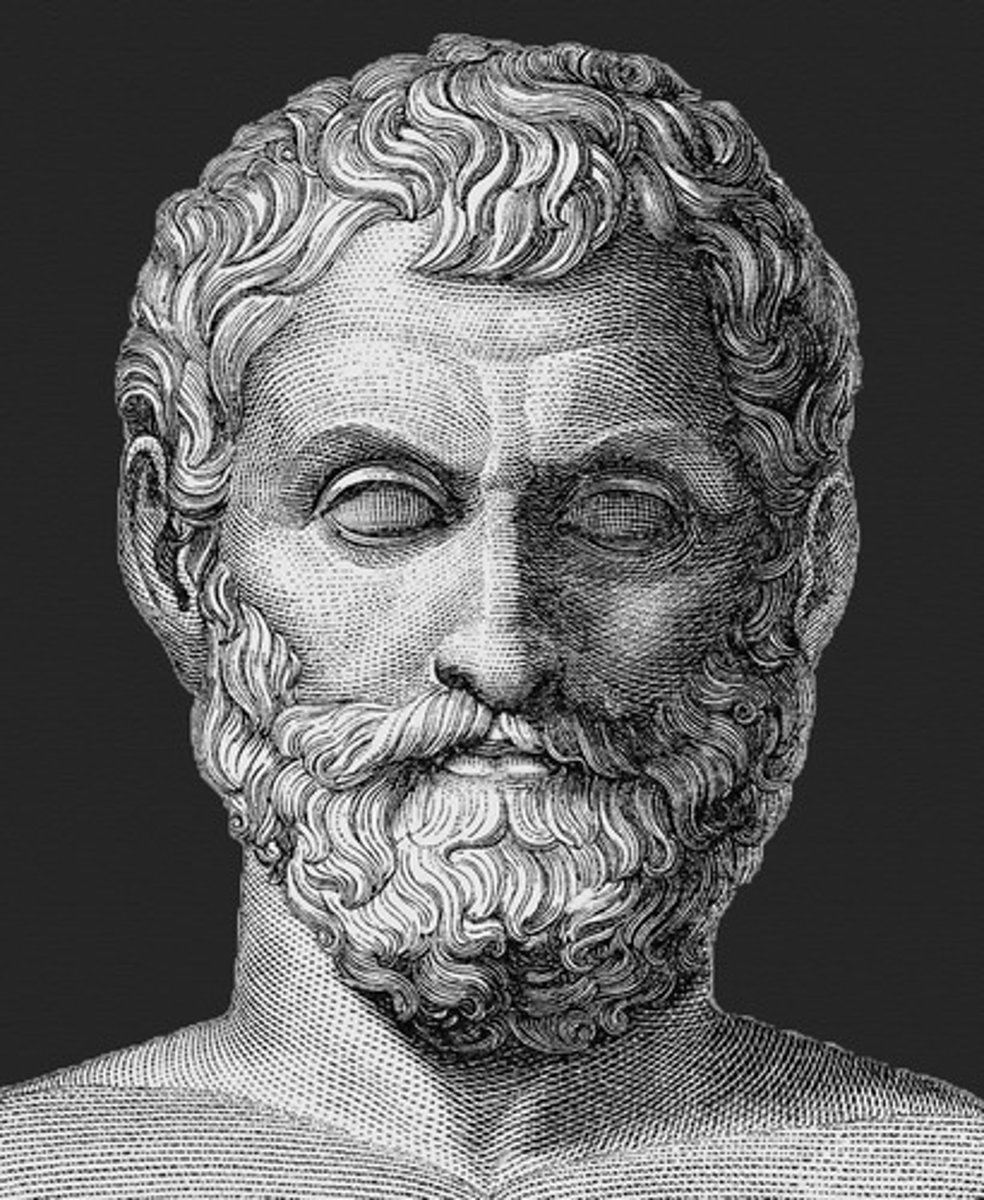
Thales of Miletus (Contribution 3)
Although disputed, he had an effective theory of the path of the sun from solstice to solstice and even is attributed with the discovery of the seasons and of the 365-day year (consistent with his determination of the solstices)
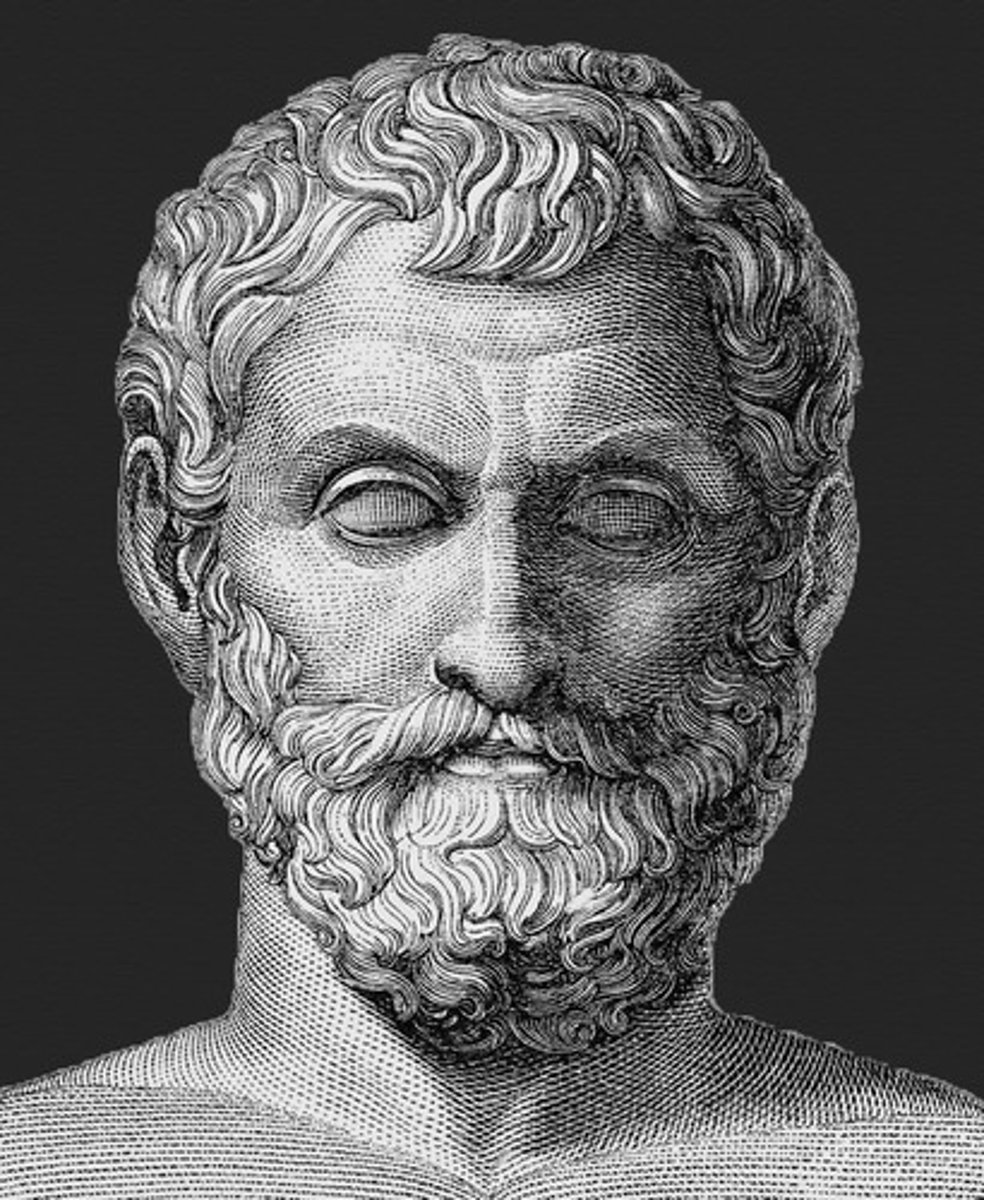
Thales of Miletus (Fact 3)
Hypothesized that the Earth floats on water, regarding the Earth as a "flat, floating disc"
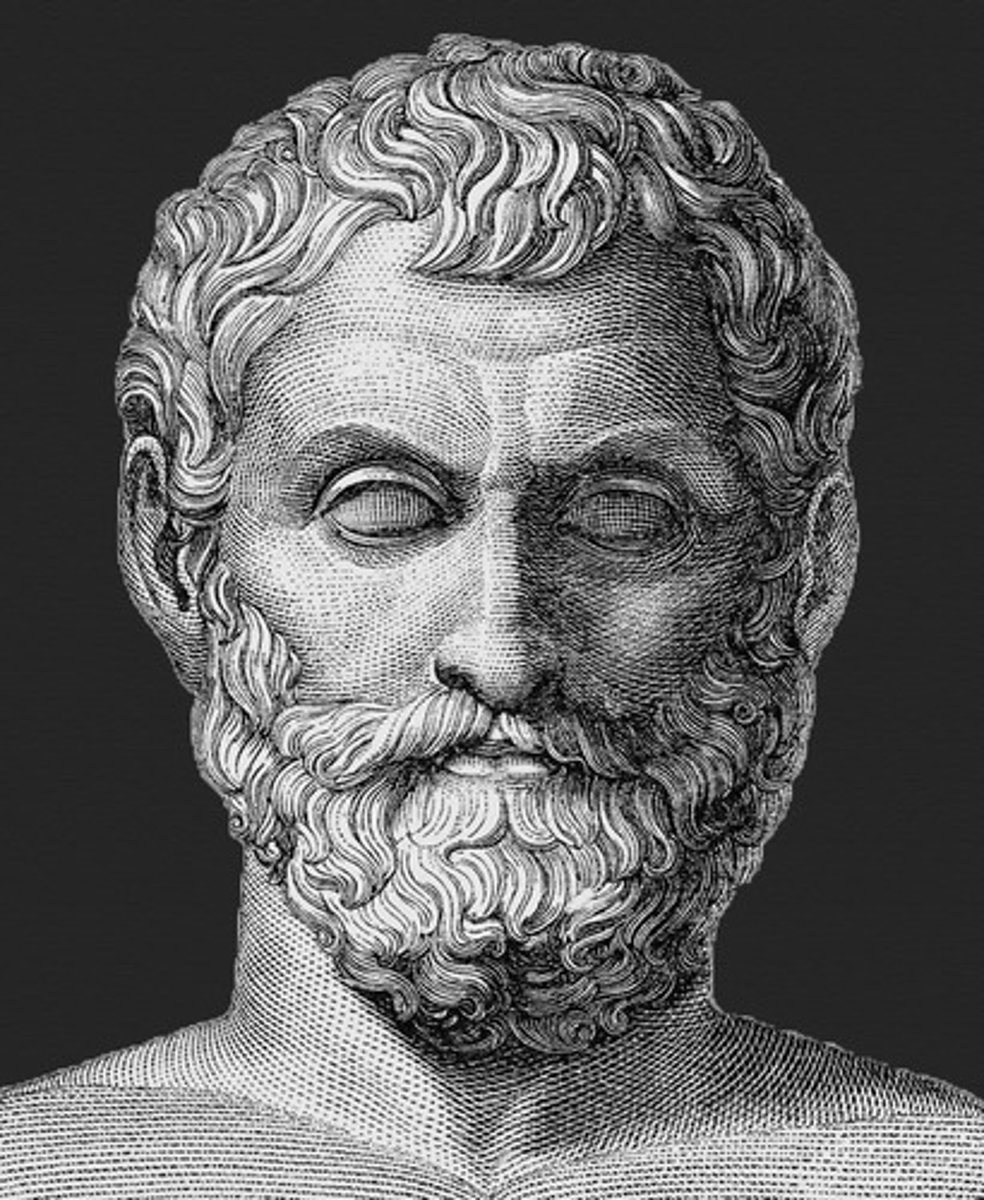
Anaximander of Miletus (Fact 1)
Ancient Greek (Ionian) Astronomer
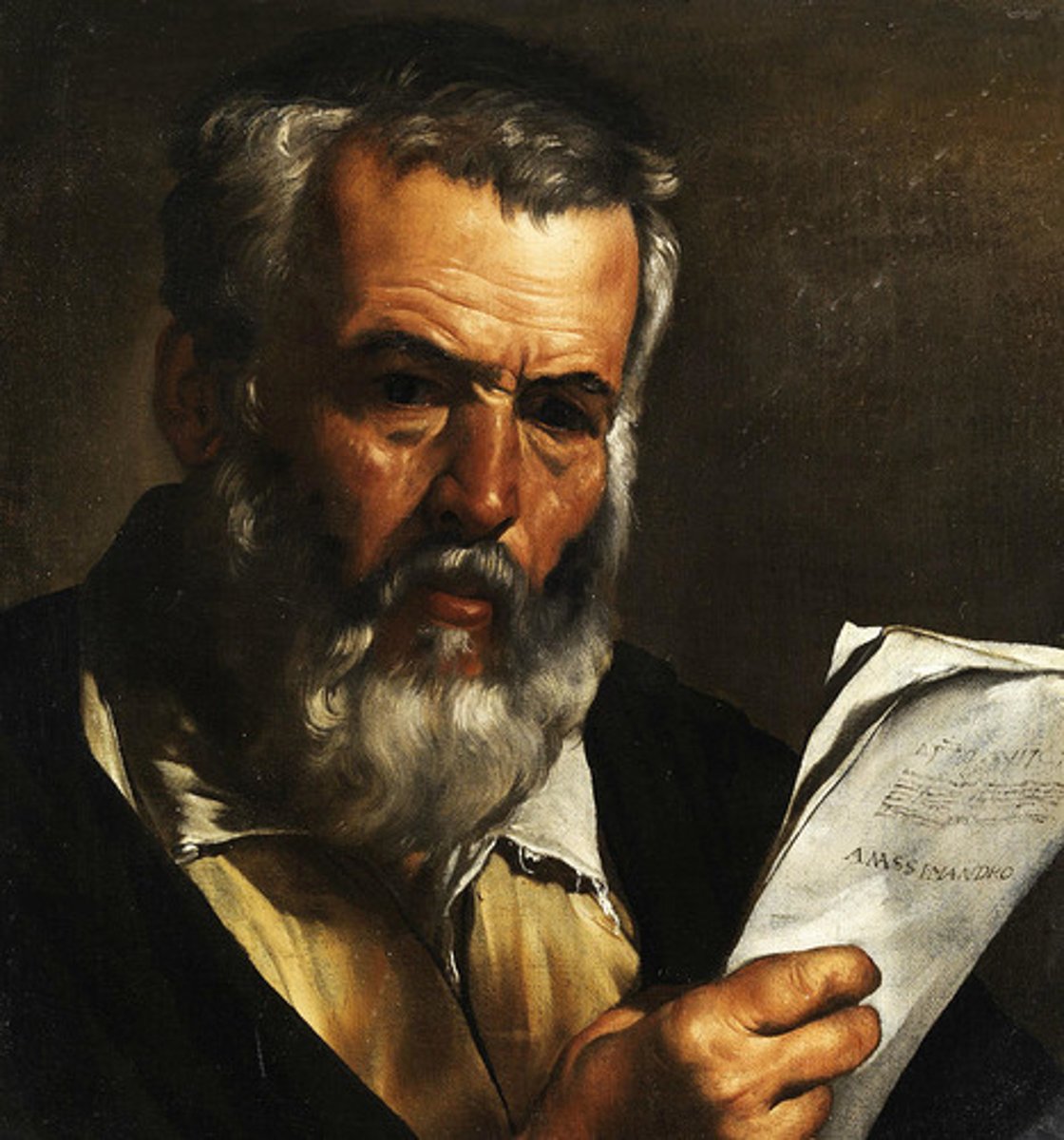
Anaximander of Miletus (Fact 2)
Considered the first Greek, and thus the first Western Astronomer (rather than his predecessor) as he tried to observe and explain different aspects of the universe and its origins, and to describe the mechanics of celestial bodies in relation to the Earth, making various early contributions to Astronomy and Cosmology
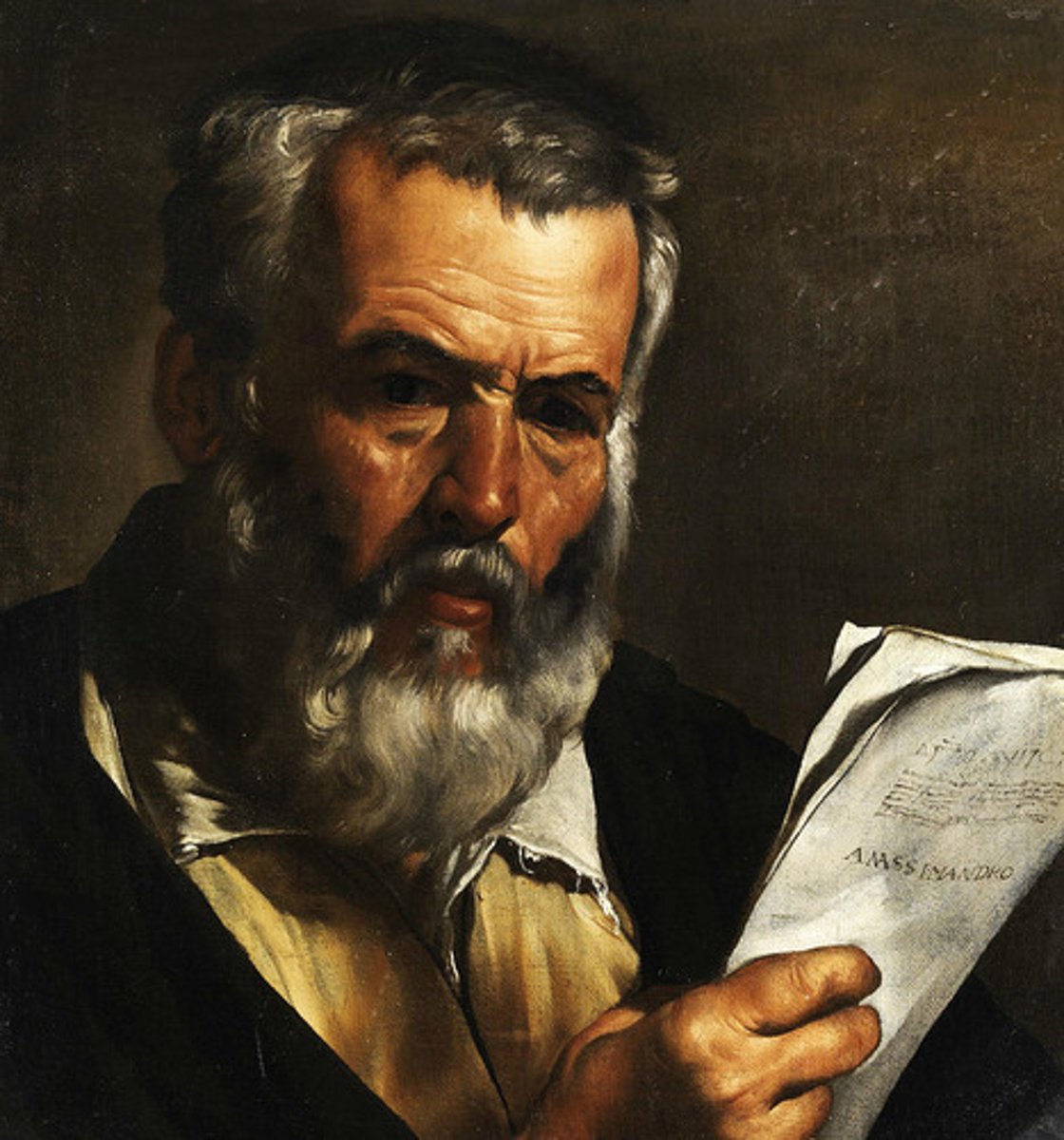
Anaximander of Miletus (Fact 3)
Considered the first Greek, and thus the first Western Astronomer (rather than his predecessor) because of his use of non-mythological explanations of physical processes in the fields of Astronomy and Cosmology as well as various other fields of science
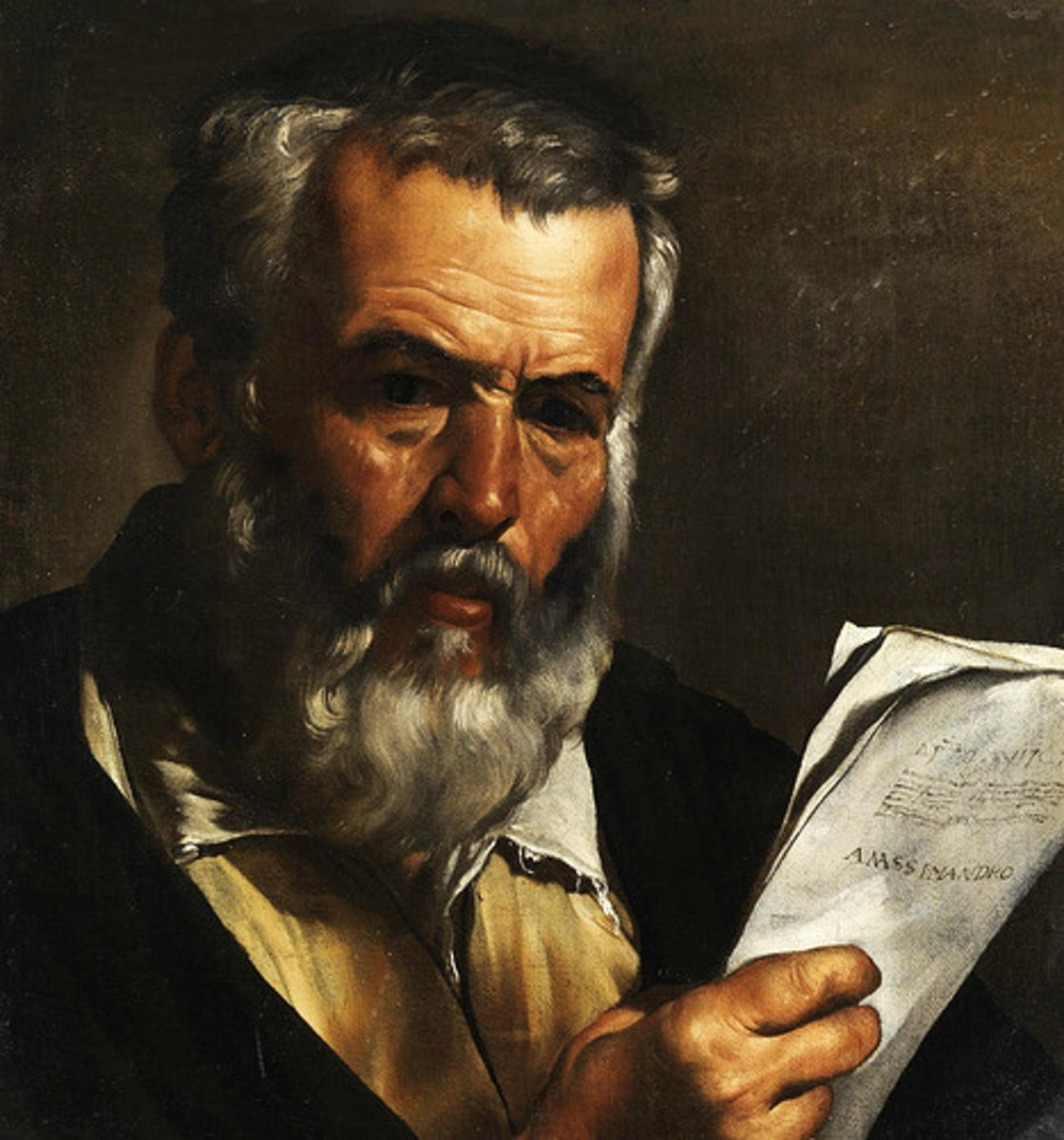
Anaximander of Miletus (Fact 4)
Believed the Earth was not a flat disc but rather a short cylinder "like the drum of a pillar" formed by "(the instance that) things had been separated off (from the "Apeiron"), the heavier elements, earth and water, remaining in the center of the vortex, fire going back to the circumference, and air remaining in between"
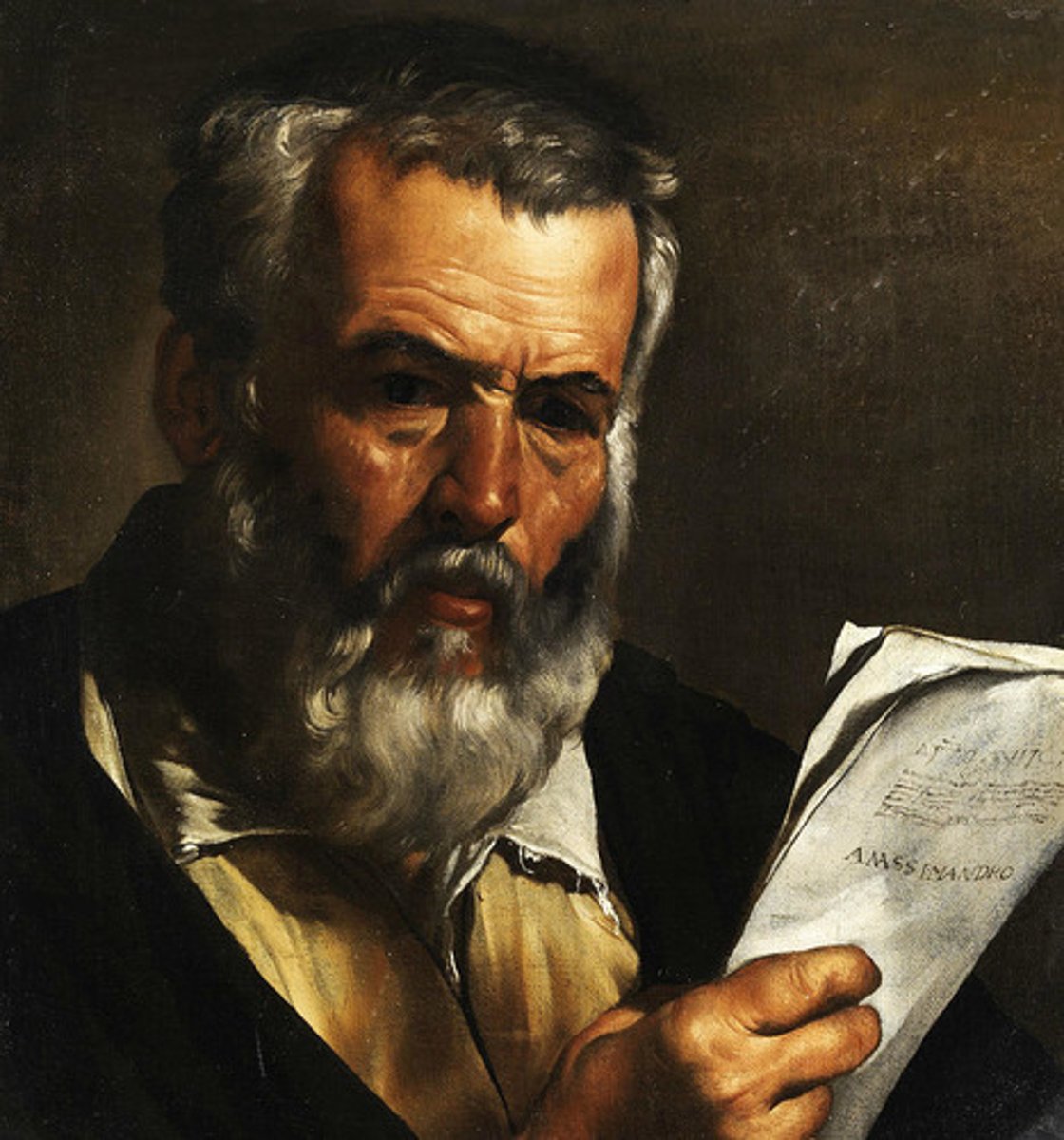
Anaximander of Miletus (Fact 5)
Believed the Earth was in the center of the universe and was composed of "hollow" and "concentric" "wheels of fire", pierced by holes at various intervals that represent celestial bodies seen in Earth's sky, an idea which works in relation to his idea of celestial bodies representing openings in the "rings of fire" surrounding Earth
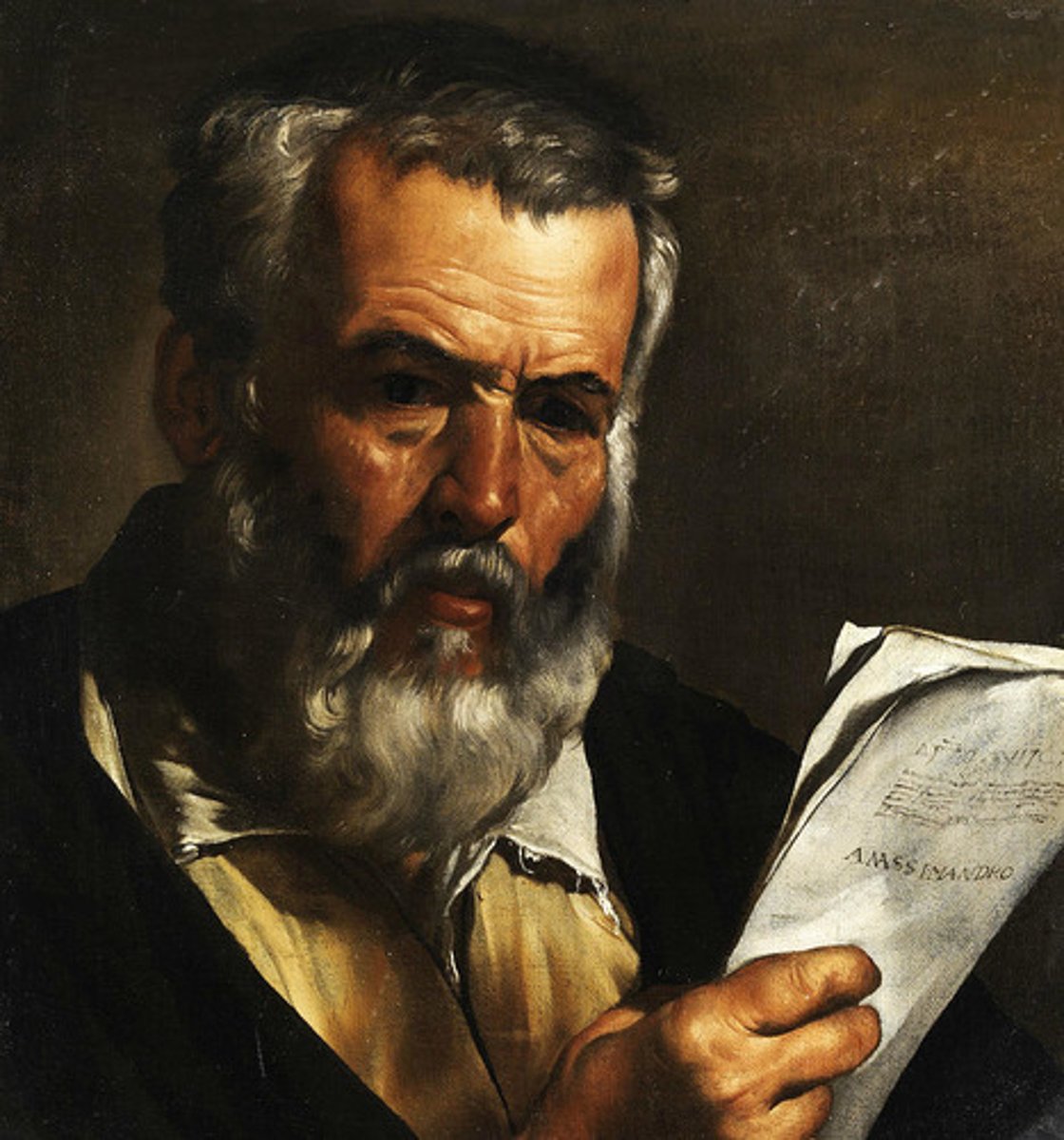
Anaximander of Miletus (Contribution 1)
Considered the first Greek, and thus the first Western Astronomer (rather than his predecessor) to have constructed the first "gnomon" (early form of a "sun dial" consisting of a pole standing up straight with markings on the ground so when the sun shines you can see where and how long the shadow is)

Anaximander of Miletus (Contribution 2)
Considered the first Greek, and thus the first Western Astronomer (rather than his predecessor) to have thought of the Sun as a relatively large mass, and thus was quite far from the Earth
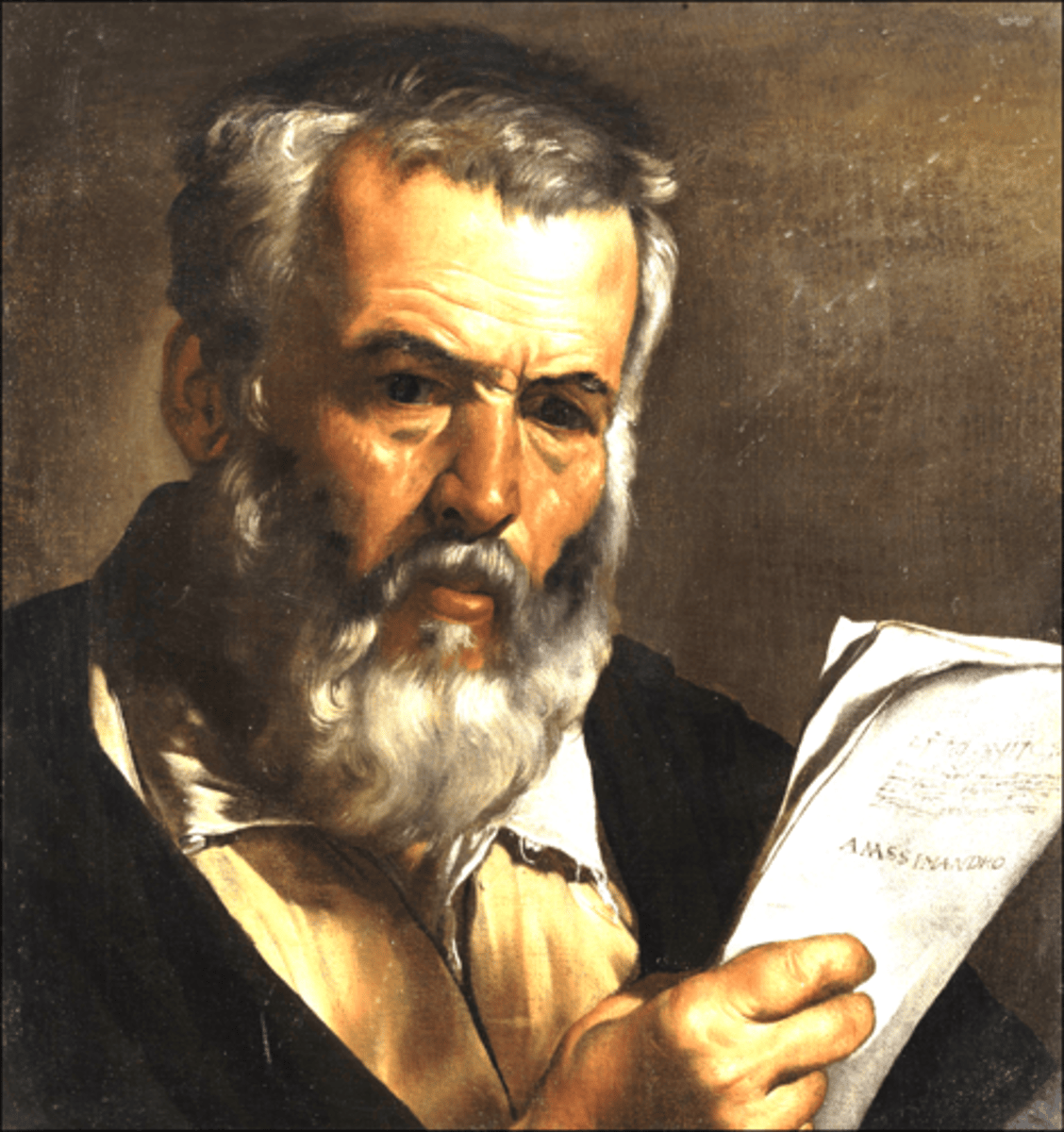
Anaximander of Miletus (Contribution 3)
Considered the first Greek, and thus the first Western Astronomer (rather than his predecessor) to have created a "Celestial Sphere"
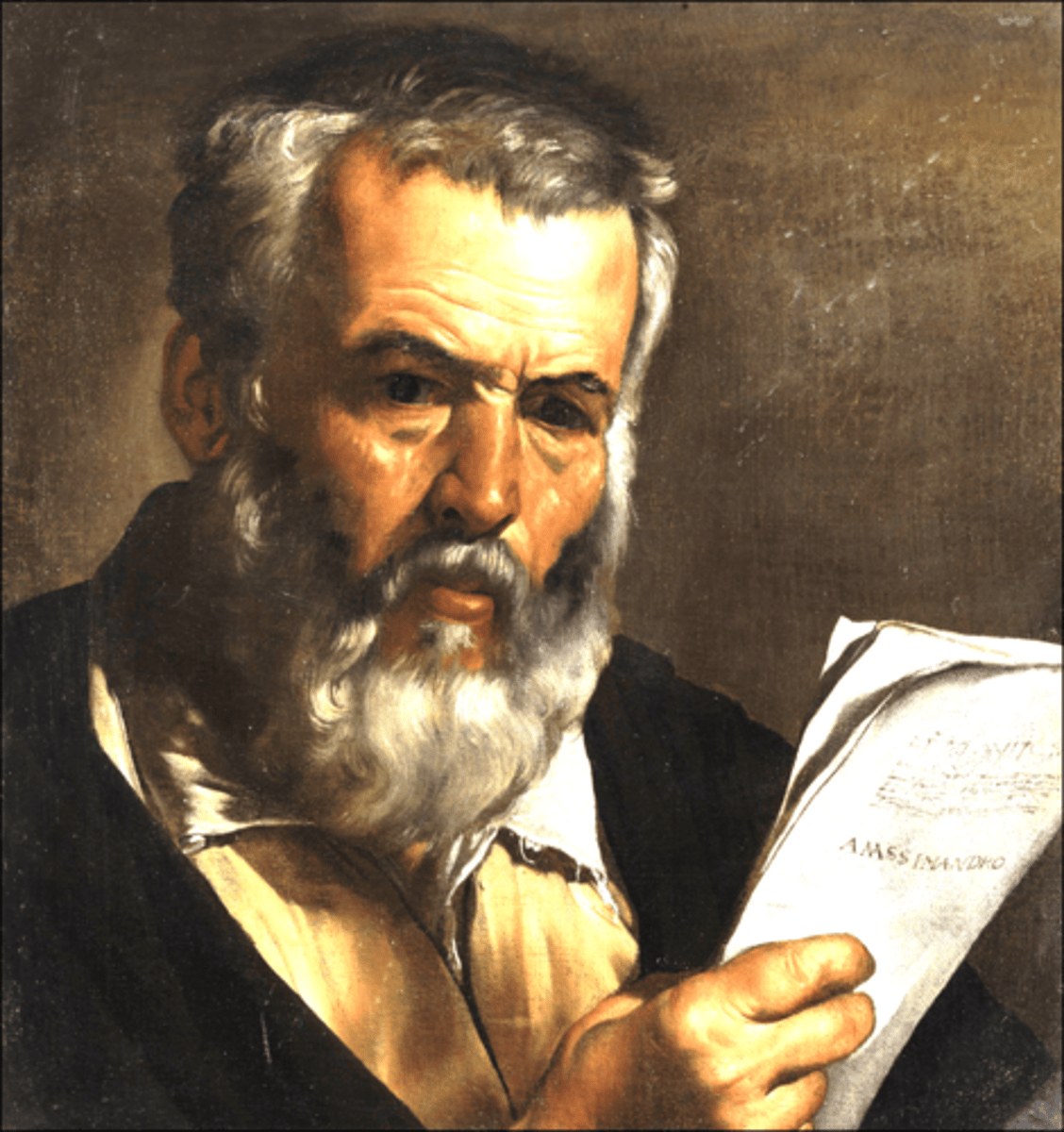
Anaximander of Miletus (Theory 1)
Hypothesized that the Earth was not floating on water but rather not supported by anything or floating on empty space or what he called floating "in the center of the infinite" (because he didn't believe there was an "absolute" up or an "absolute" down to things)

Anaximander of Miletus (Theory 2)
Hypothesized that the Earth was not a flat disk floating on water but rather a cylinder with a height 1/3 its diameter, and that inhabited land made up the flat top of the cylinder but that the inhabited land was surrounded by an "oceanic mass", all of which would allow for the fact that "celestial bodies" could pass under or over the Earth unlike water since there would have to be something that contains the water and this something would be an "infinite" space
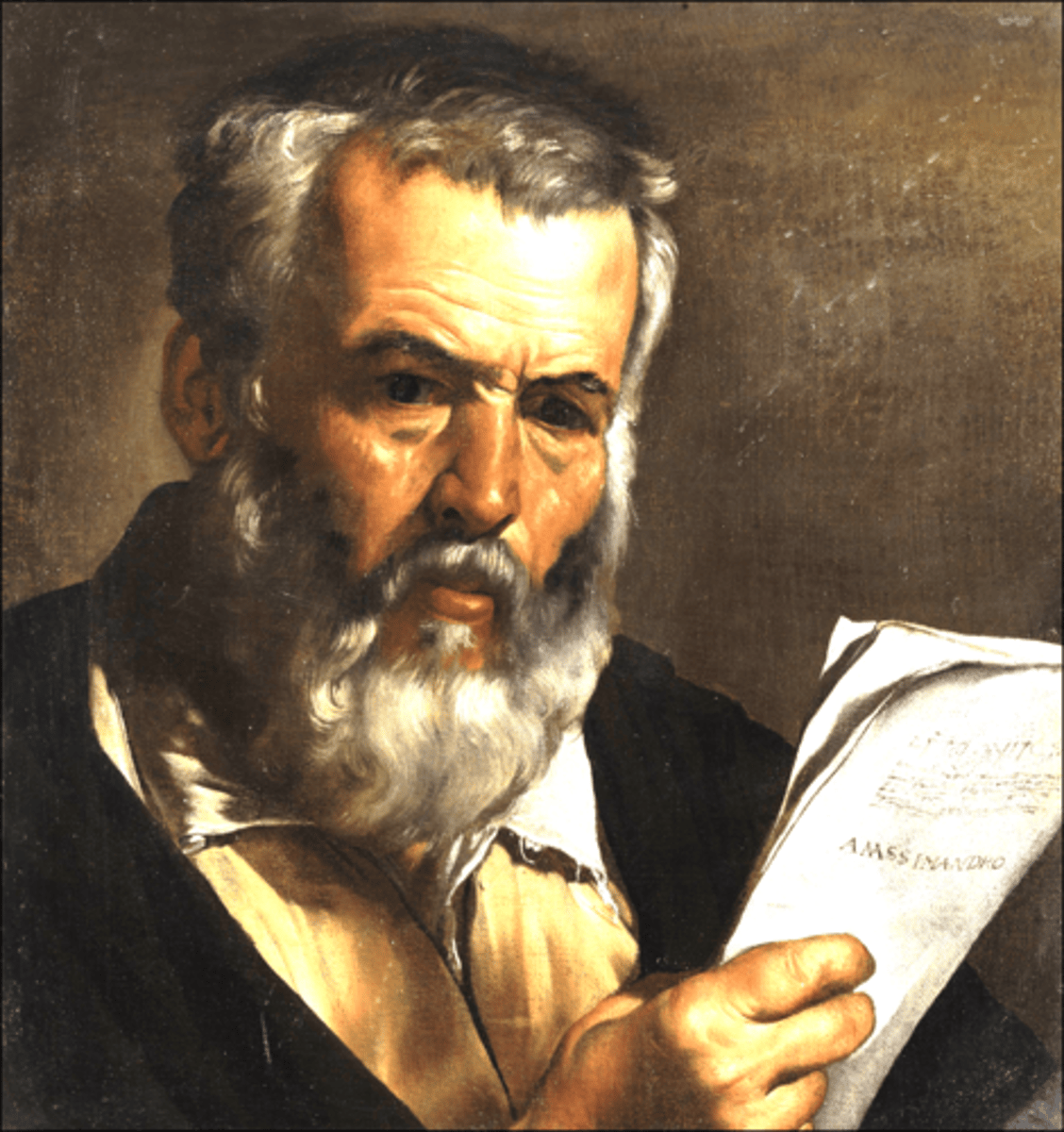
Anaximander of Miletus (Theory 3)
Hypothesized that "celestial bodies" such as the moon, stars, and Sun were not objects but so-called "rings of fire" that surrounded the world, and that these rings were these "celestial bodies", and believed that although the Sun was a "ring of fire" around the Earth, a small sliver we can see and the rest of the ring is covered by dark clouds which is why can't see the rest of the ring that is the sun

Anaximander of Miletus (Theory 4)
Hypothesized that the universe is a kind of "organism" supported by "Pneuma" or "cosmic breath"
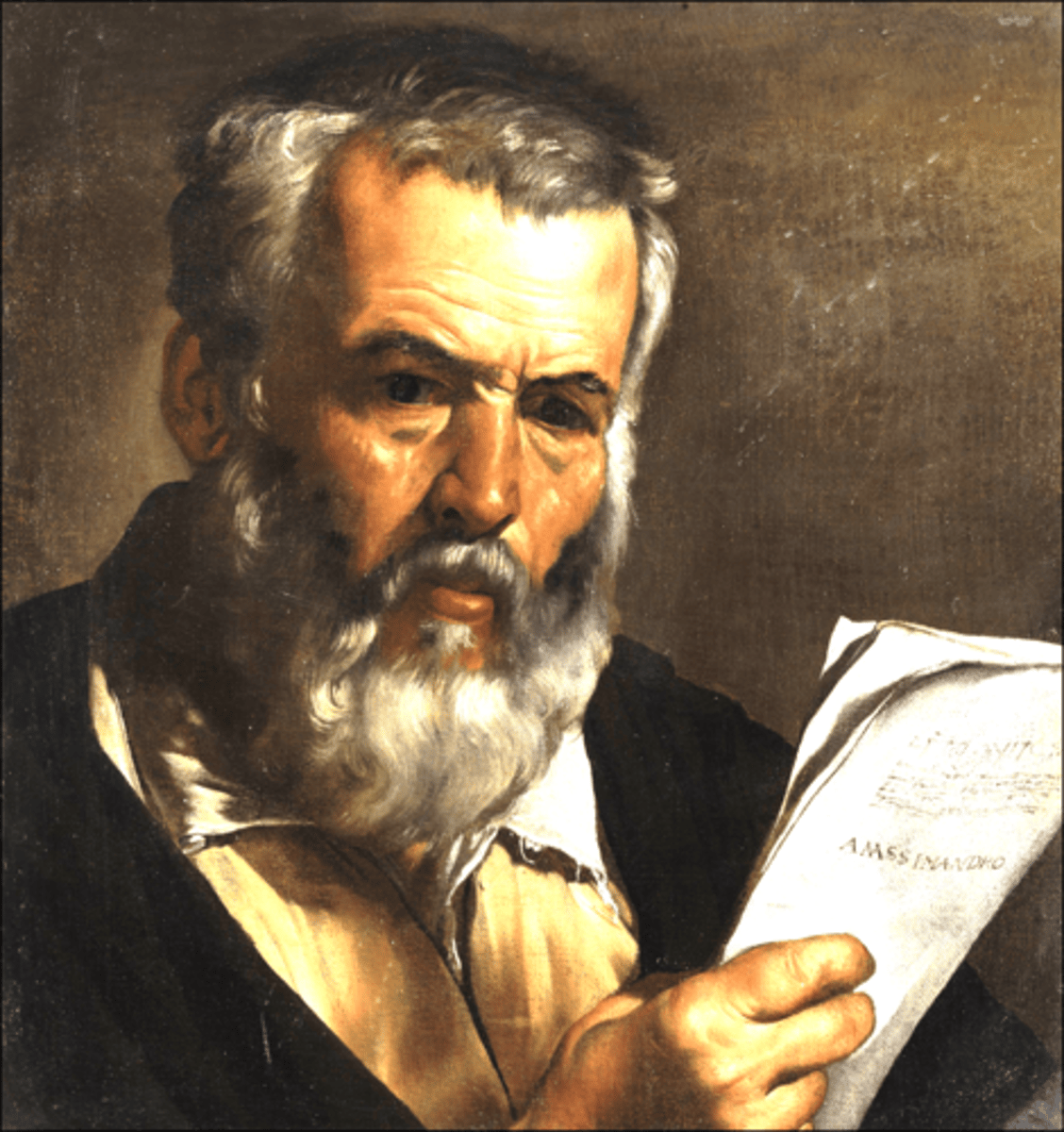
Anaximander of Miletus (Theory 6)
Hypothesized that the Earth's seasons could be explained by his observations of the inclination of his "Celestial Sphere" in relation to the plane of the Earth

Anaximander of Miletus (Theory 5)
Hypothesized that celestial bodies turn at different distances
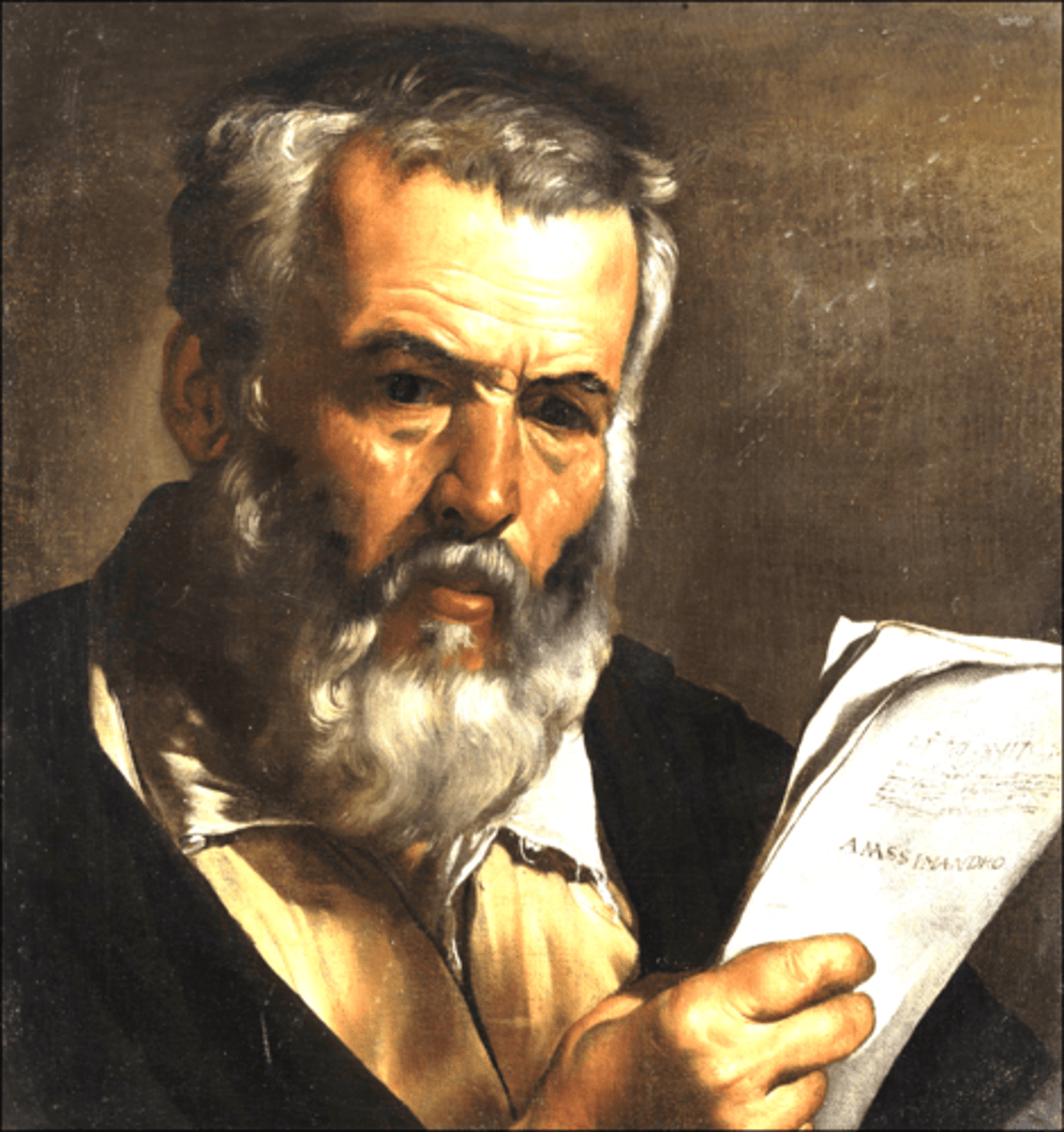
Anaximander of Miletus (Theory 7)
Believed in the concept of a "plurality of worlds" and that an "infinity of worlds appear and disappear"
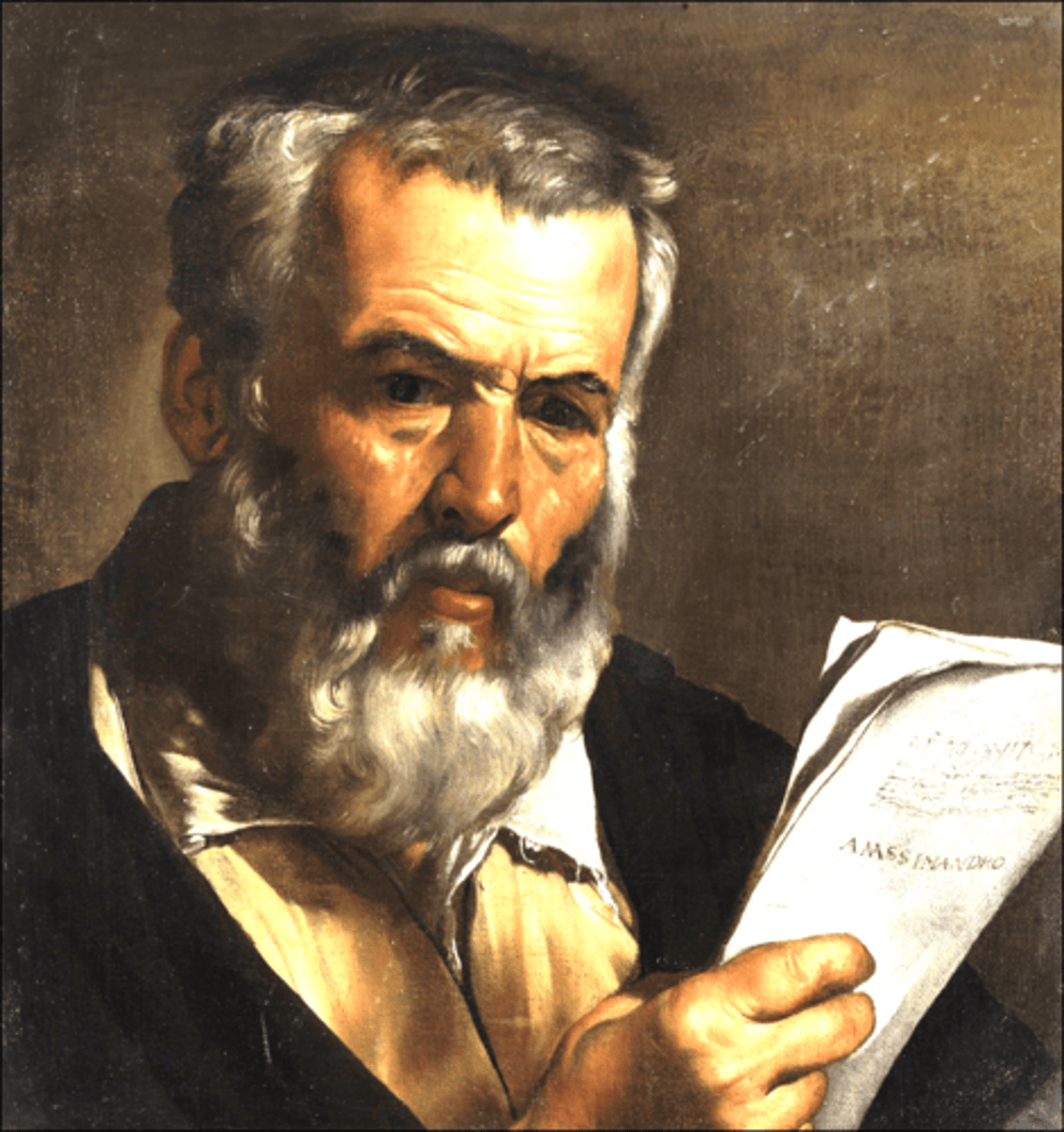
Anaximenes of Miletus (Contribution 1)
First Greek and thus the first Western Astronomer to distinguish clearly between planets and stars
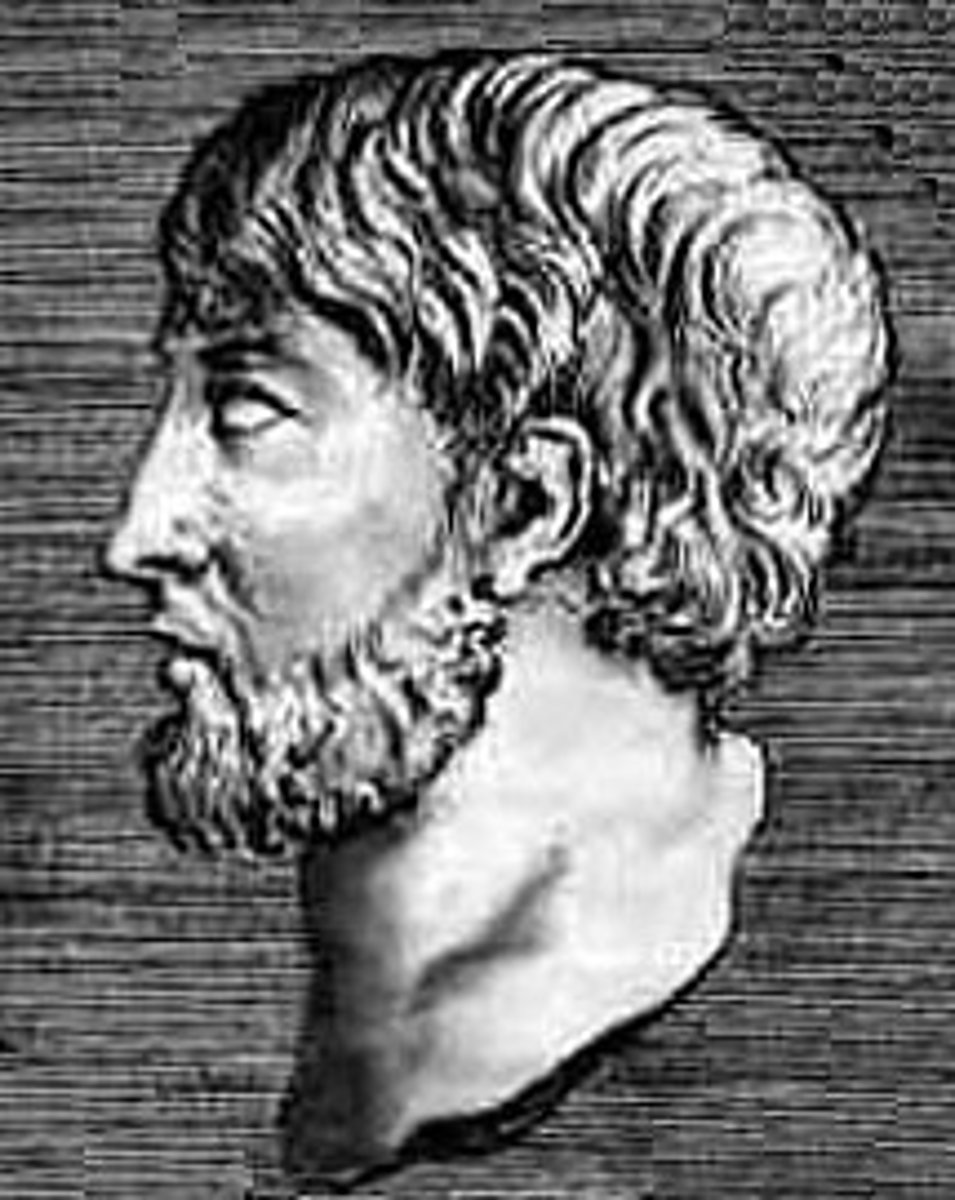
Anaximenes of Miletus (Fact 1)
Ancient Greek (Ionian) Astronomer
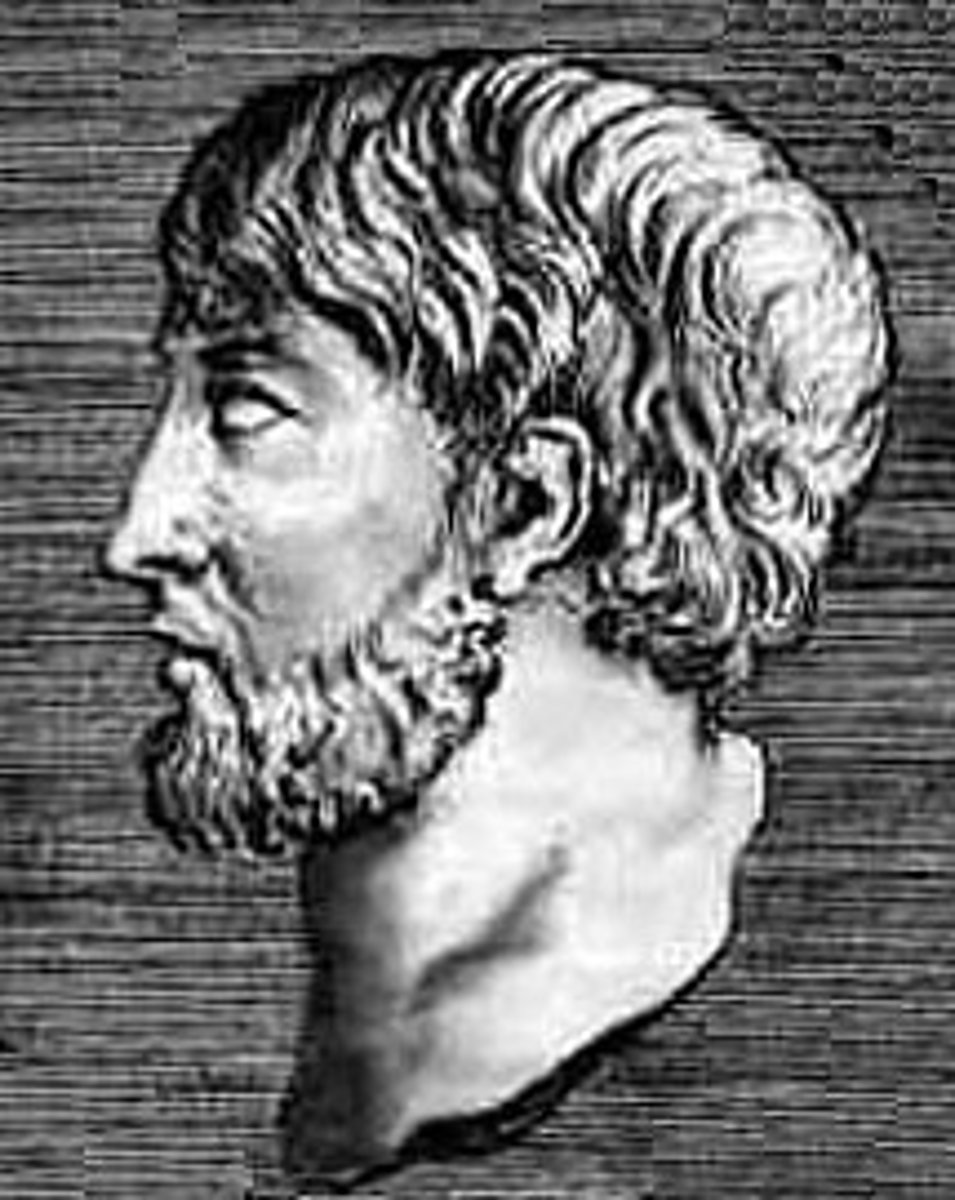
Anaximenes of Miletus (Theory 1)
Believed that the Earth is a "broad disk" floating on air that flows in a circle and thought the sun and moon were "flat disks" traveling around a "heavenly canopy" on which all stars were fixed
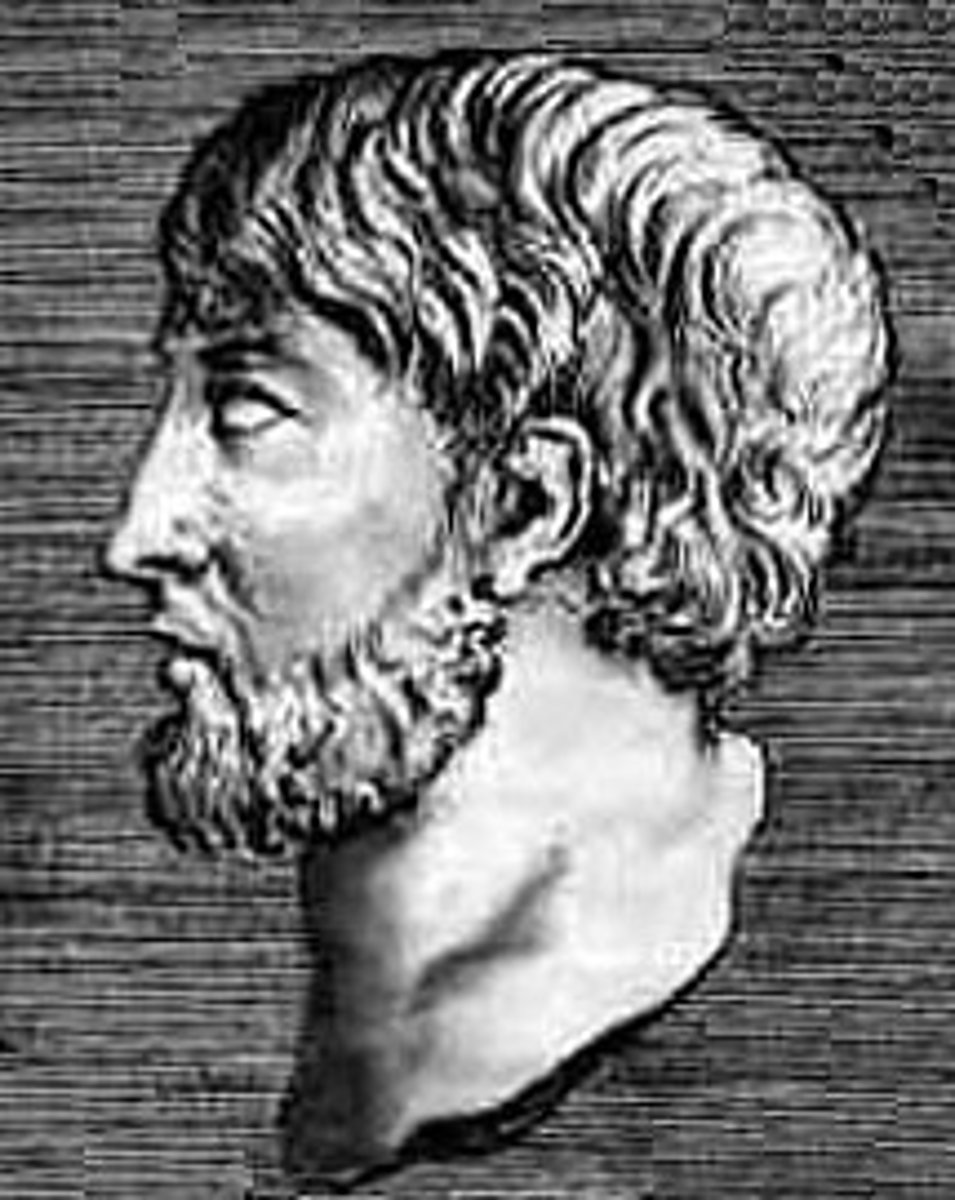
Anaximenes of Miletus (Theory 2)
Believed that the Sun and the Stars are formed by the processes of "rarefaction" and "condensation", which he explains are processes associated with air
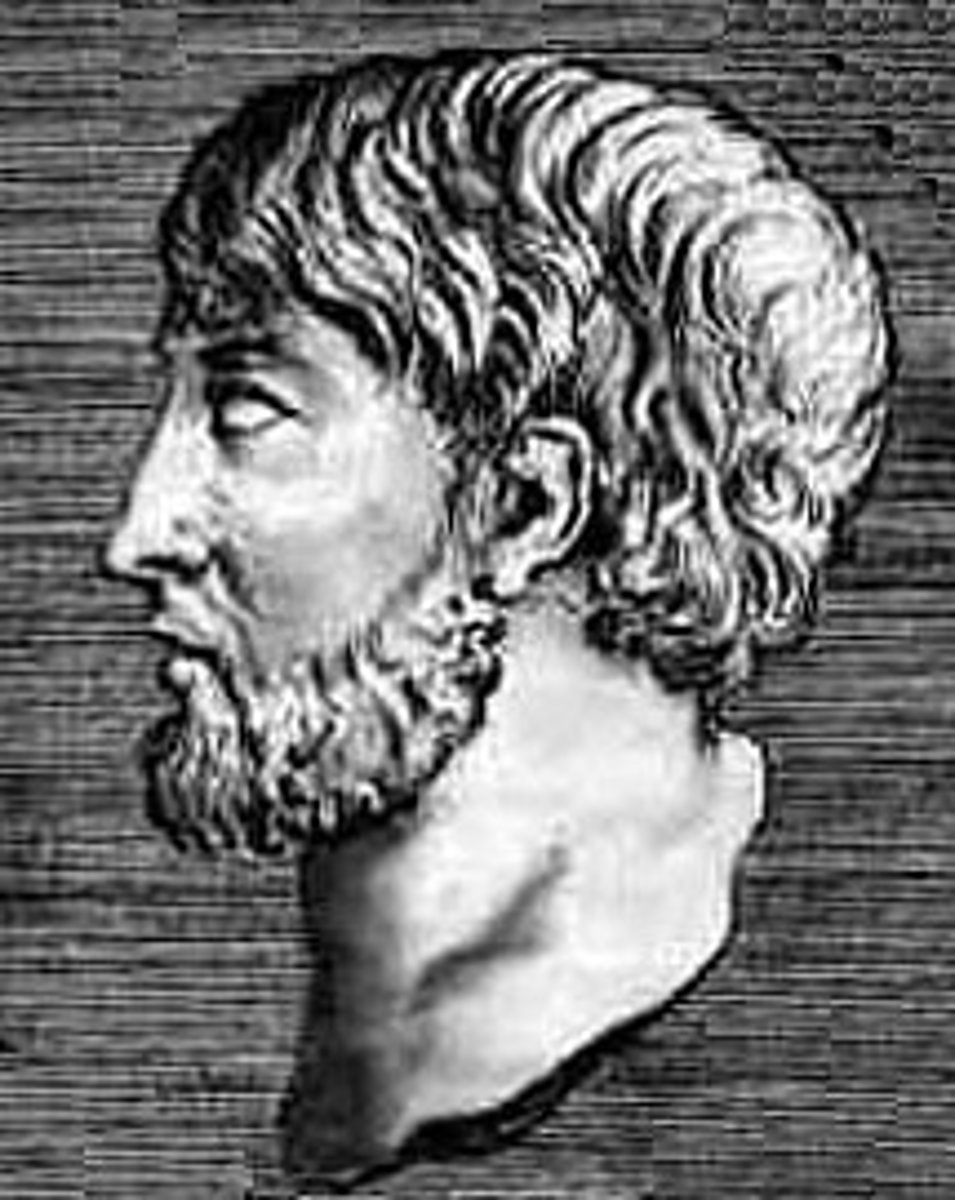
Anaximenes of Miletus (Theory 3)
Believed that the flaming nature of the Sun and the Stars is due to the velocity of their motions
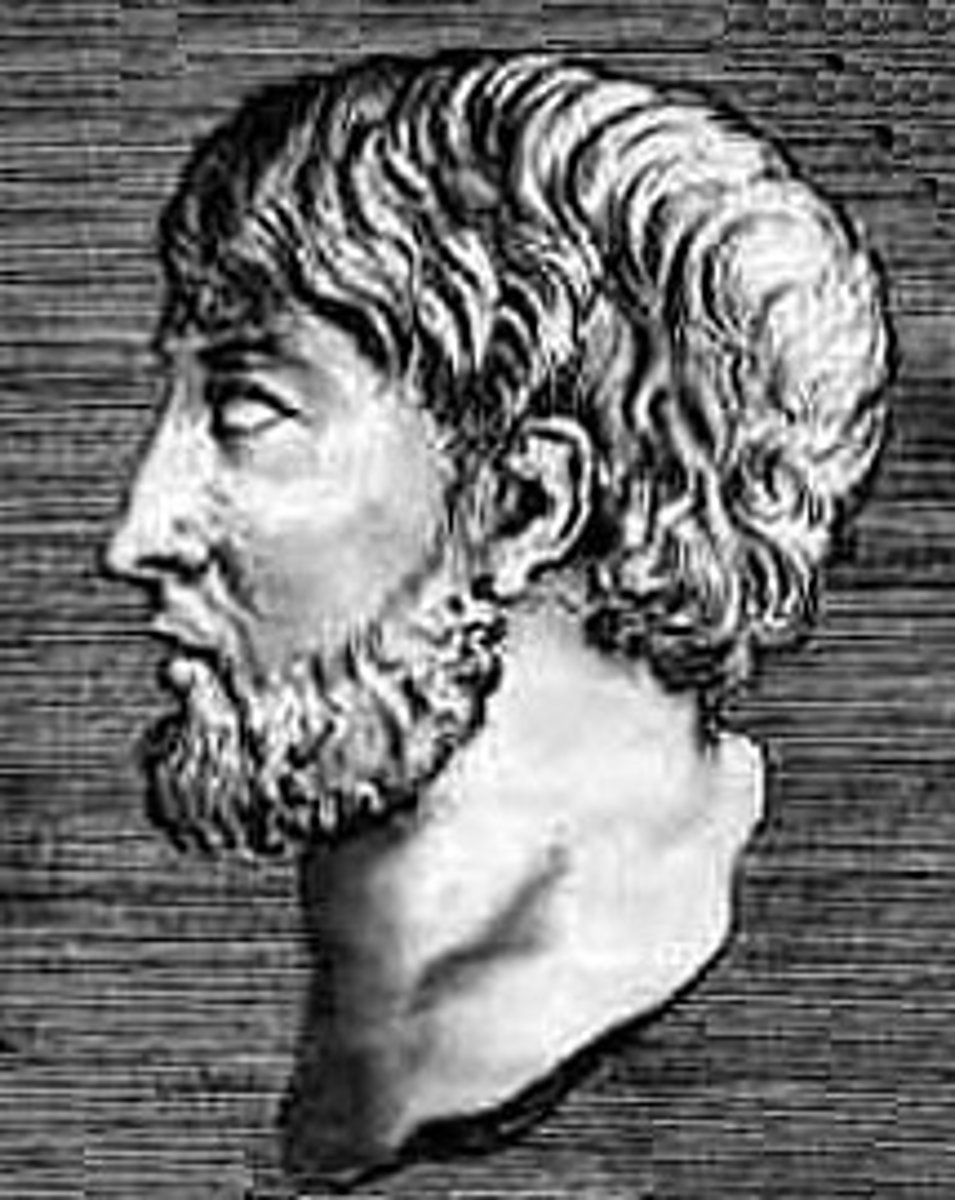
Pythagoras of Samos (Fact 1)
Ancient Greek (Ionian) Astronomer
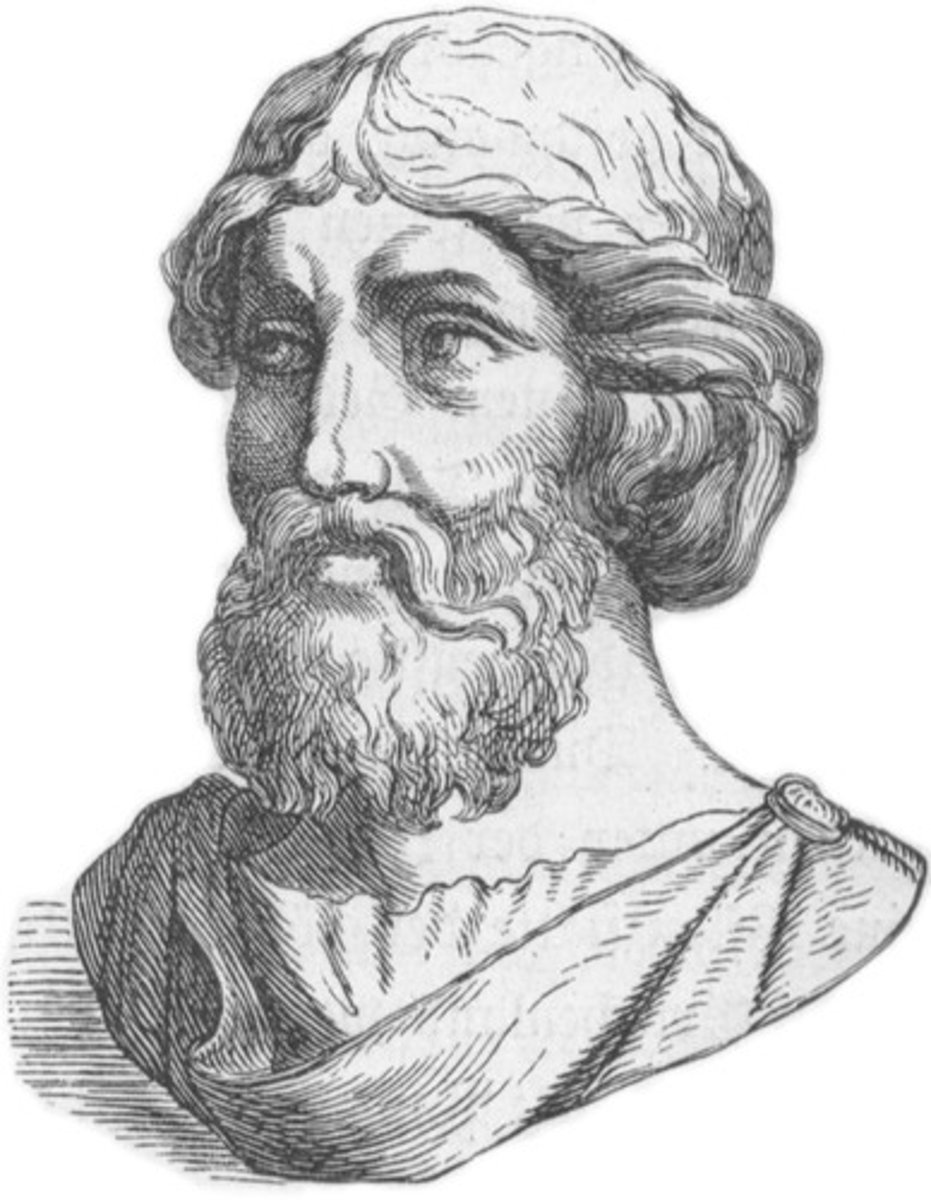
Pythagoras of Samos (Fact 2)
Along with his followers, he believed that the Earth was round and spherical
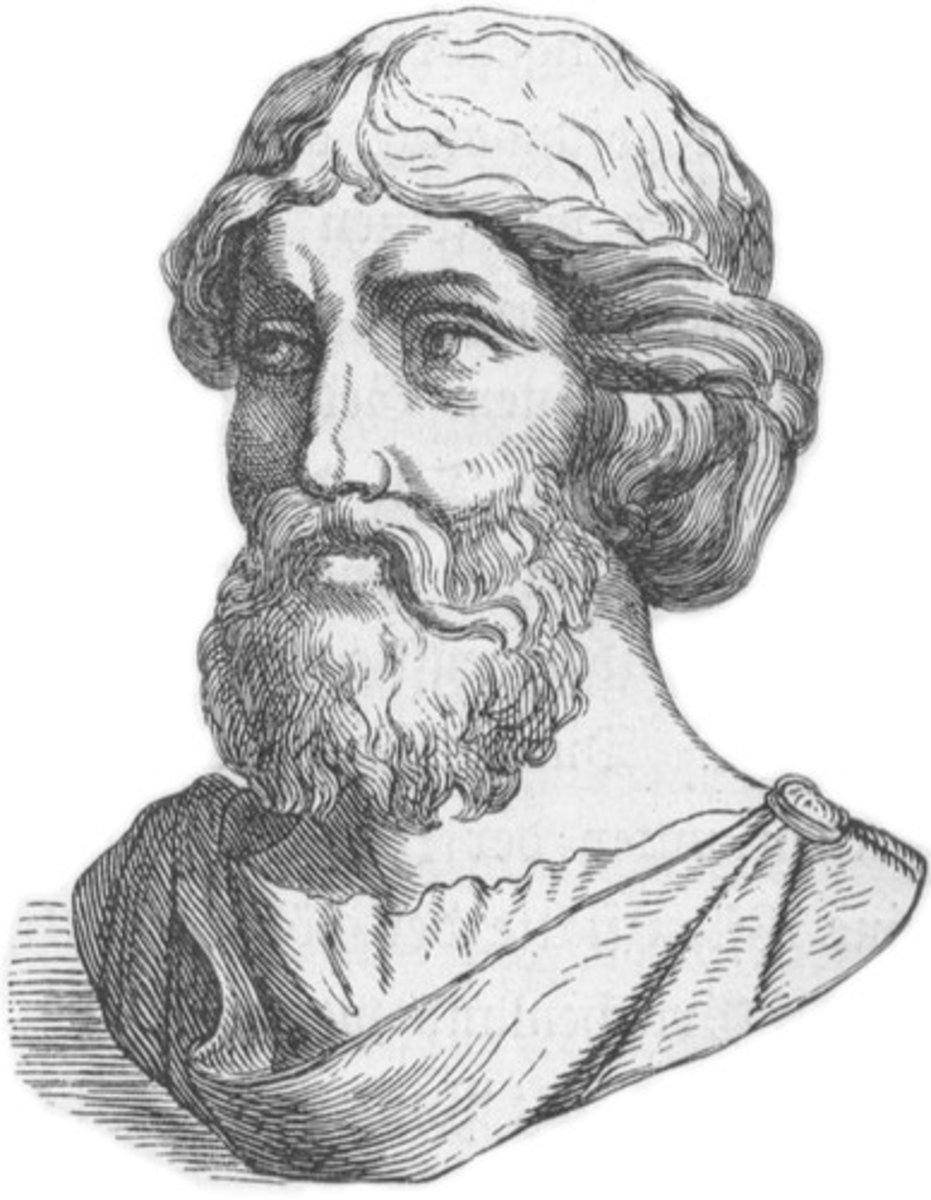
Pythagoras of Samos (Fact 3)
Along with his followers, he believed that every planet, including the Sun, travels around a central point he called the "central fire" or "hearth of the Universe"
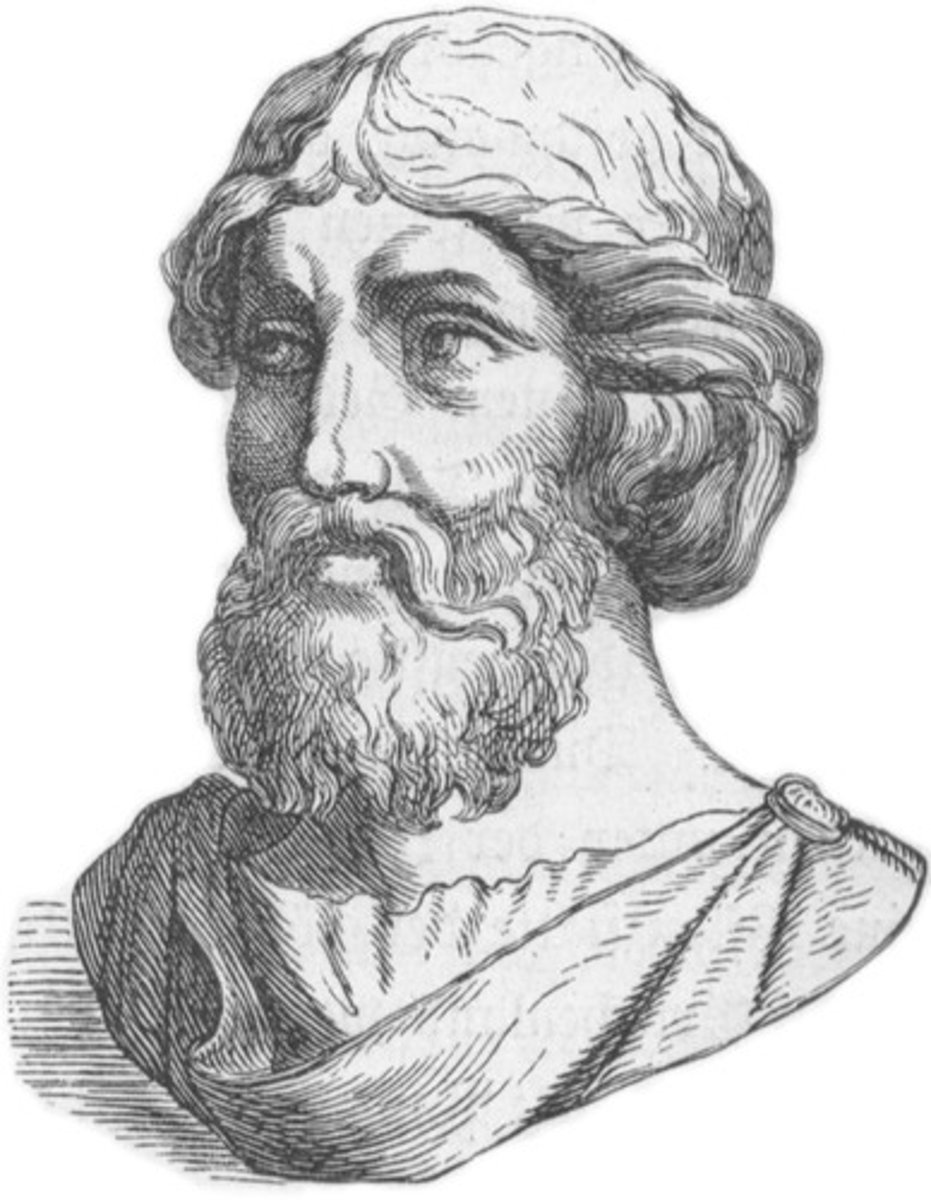
Pythagoras of Samos (Fact 4)
Along with his followers, he was the first to believe that the Earth was not at the center of the universe
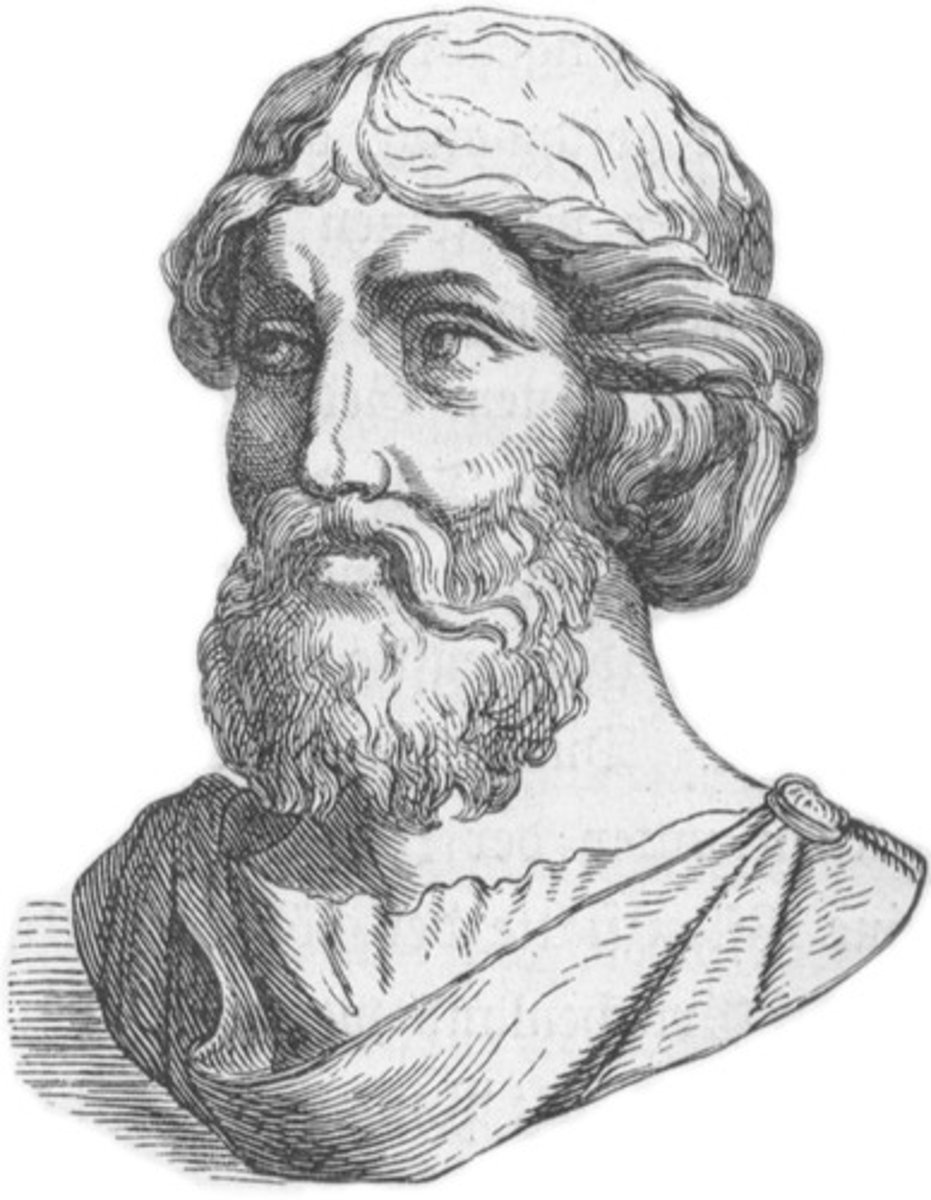
Pythagoras of Samos (Fact 5)
Along with his followers, he believed that every planet has an axis

Pythagoras of Samos (Fact 6)
Along with his followers, he believed the moon was a sort of "counter-earth"
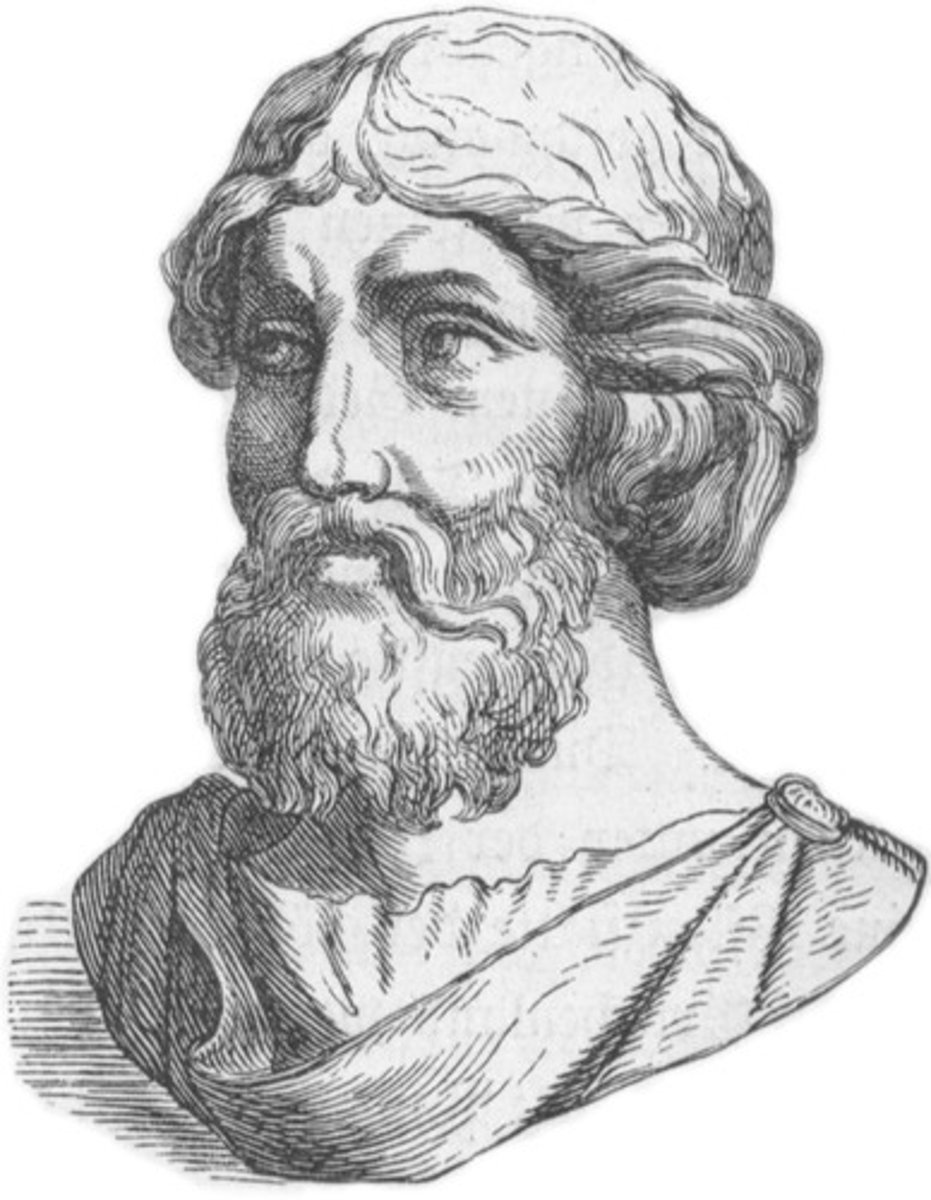
Pythagoras of Samos (Fact 7)
His followers (especially Philolaus) have been referenced by Copernicus in his book on Heliocentrism and has evidently influenced him much
Pythagoras of Samos: Music of the Spheres (Contribution 1)
(Correctly) Theorized that every planet and star gives off its own sort of harmony and moves according to some mathematical equation (correct in the sense that today scientists can convert the electromagnetic radiation in the form of light and heat waves that planets give off into audio waves, thus each planet and star gives off its own audio signal)

Pythagoras of Samos: Music of the Spheres (Contribution 2)
(Correctly) Assumes that perfectly harmonious numbers govern the motions of the Earth, Planets, and Stars since everything in the universe was believed to have moved according to a certain harmony or harmonious motin
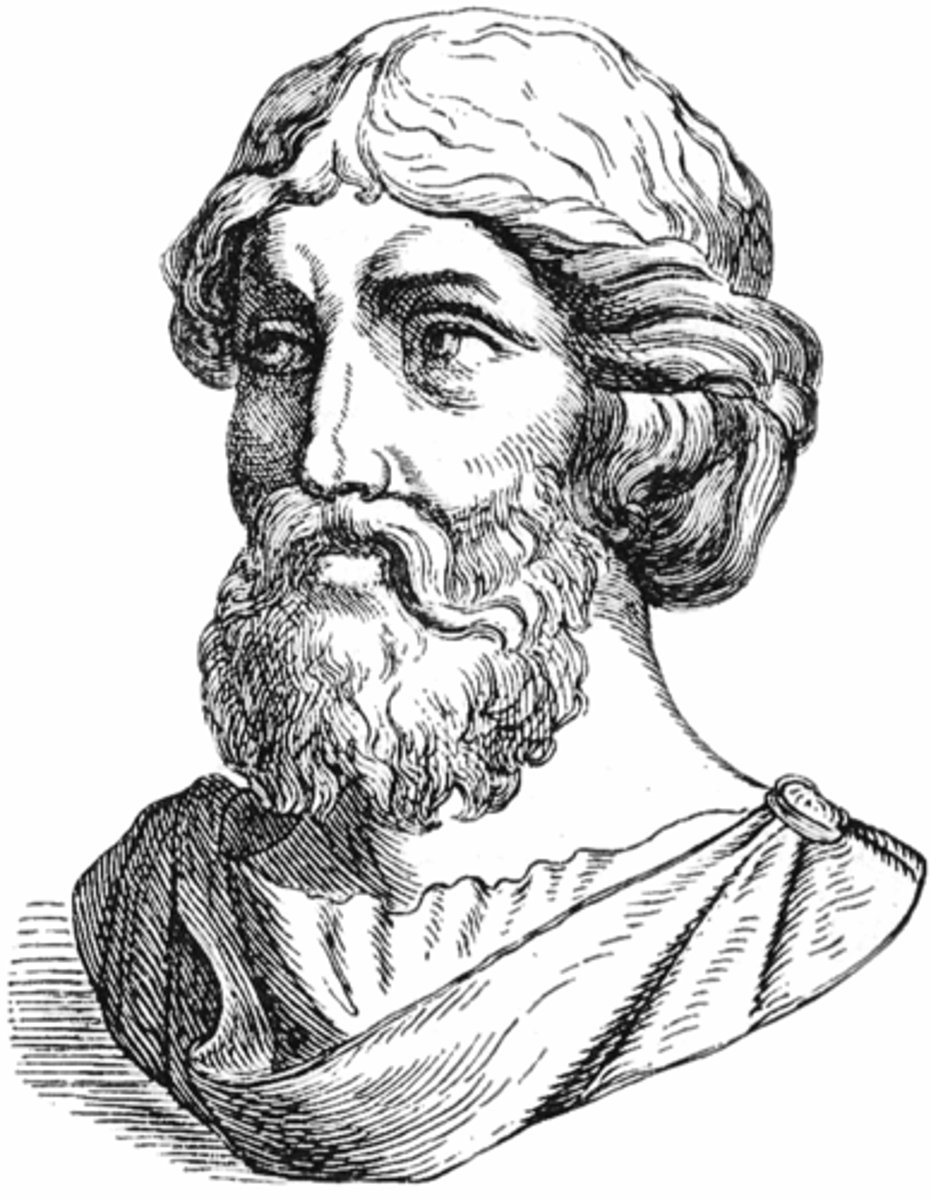
Giovanni Zupi (Fact 1)
17th Century Italian Astronomer
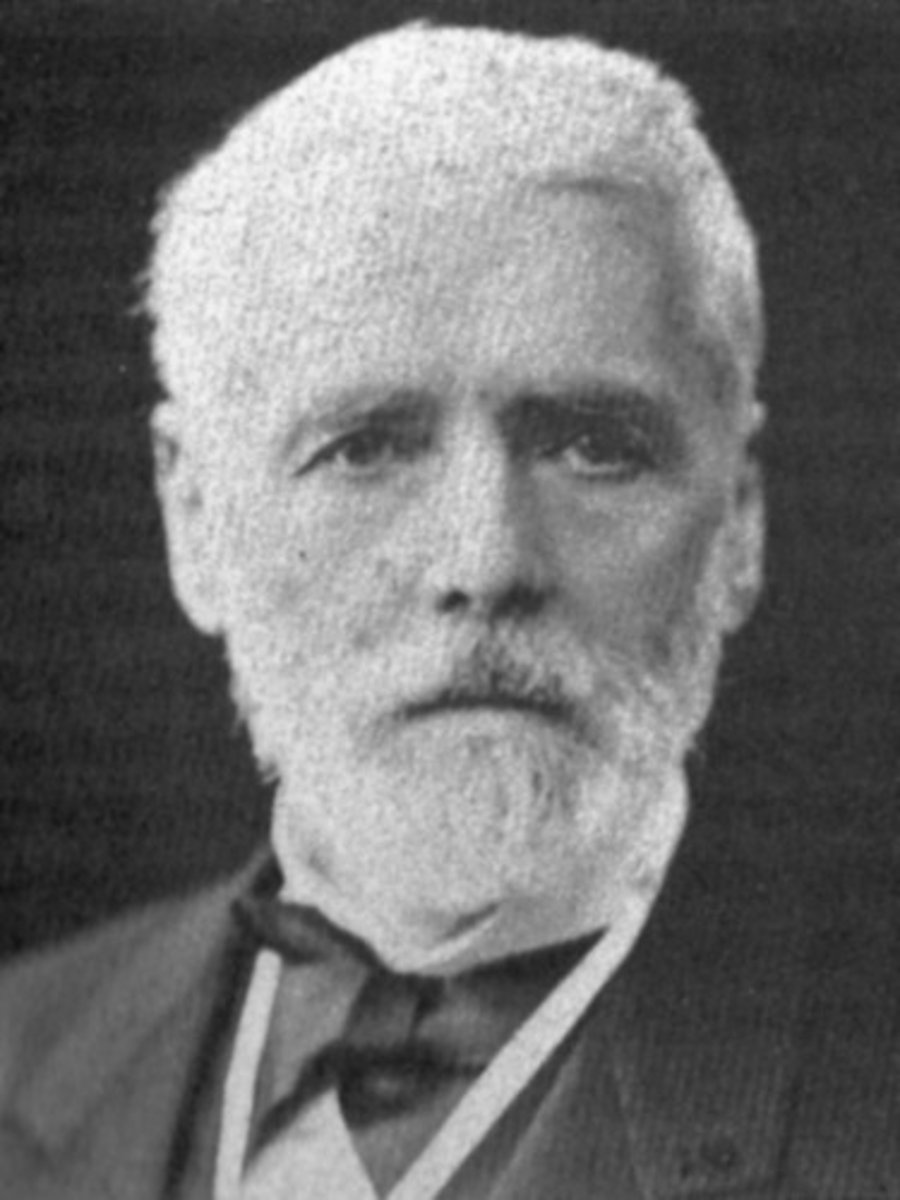
Giovanni Zupi (Fact 2)
Used a telescope to observe Mercury and discovered that it undergoes a complete cycle of phases over time in the same way that there is a cycle of phases of the moon
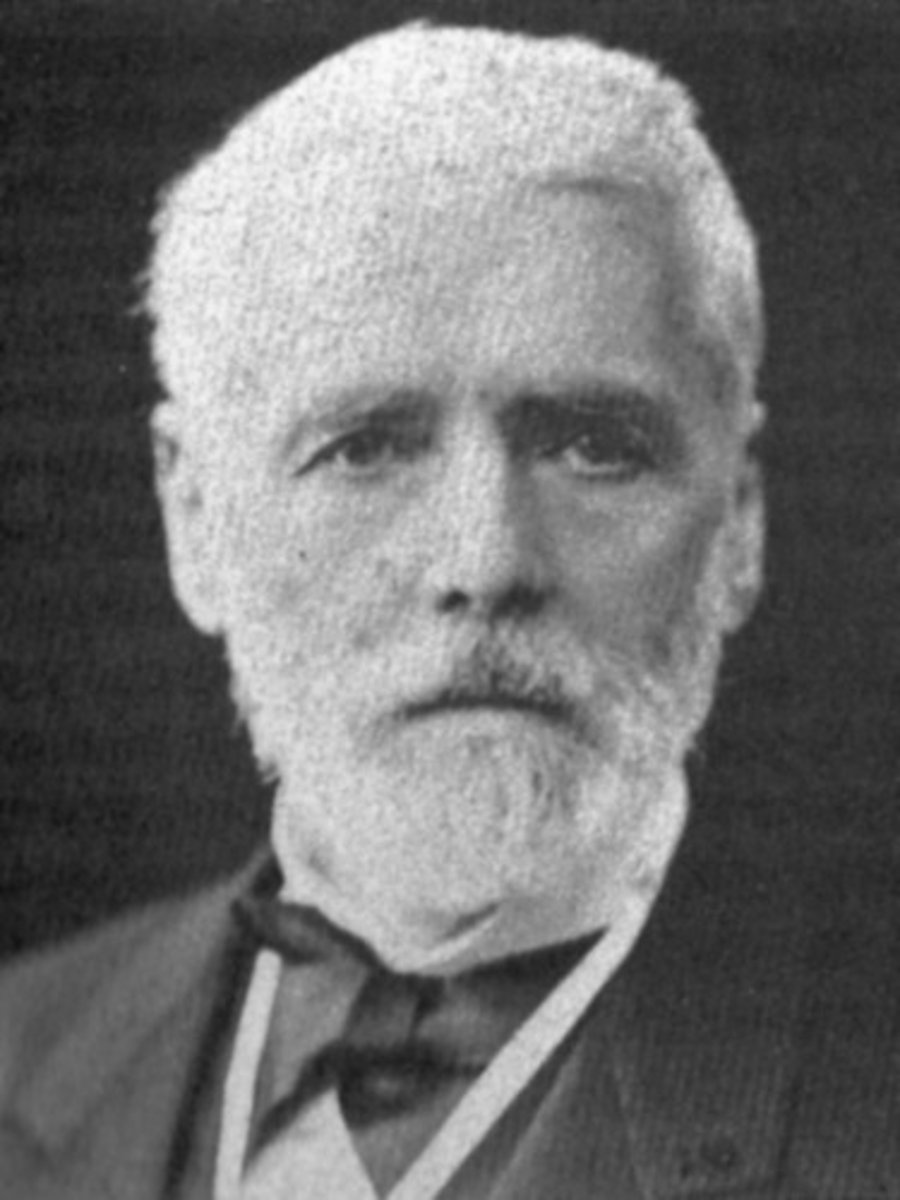
Giovanni Zupi (Fact 3)
Recognized the only way that Mercury can undergo a cycle of phases the same way the Moon does is if it orbits the Sun, rather than the Earth, since the light being reflected off its surface onto the Earth behaves the same way with the moon, and thus became another proponent of Heliocentrism
